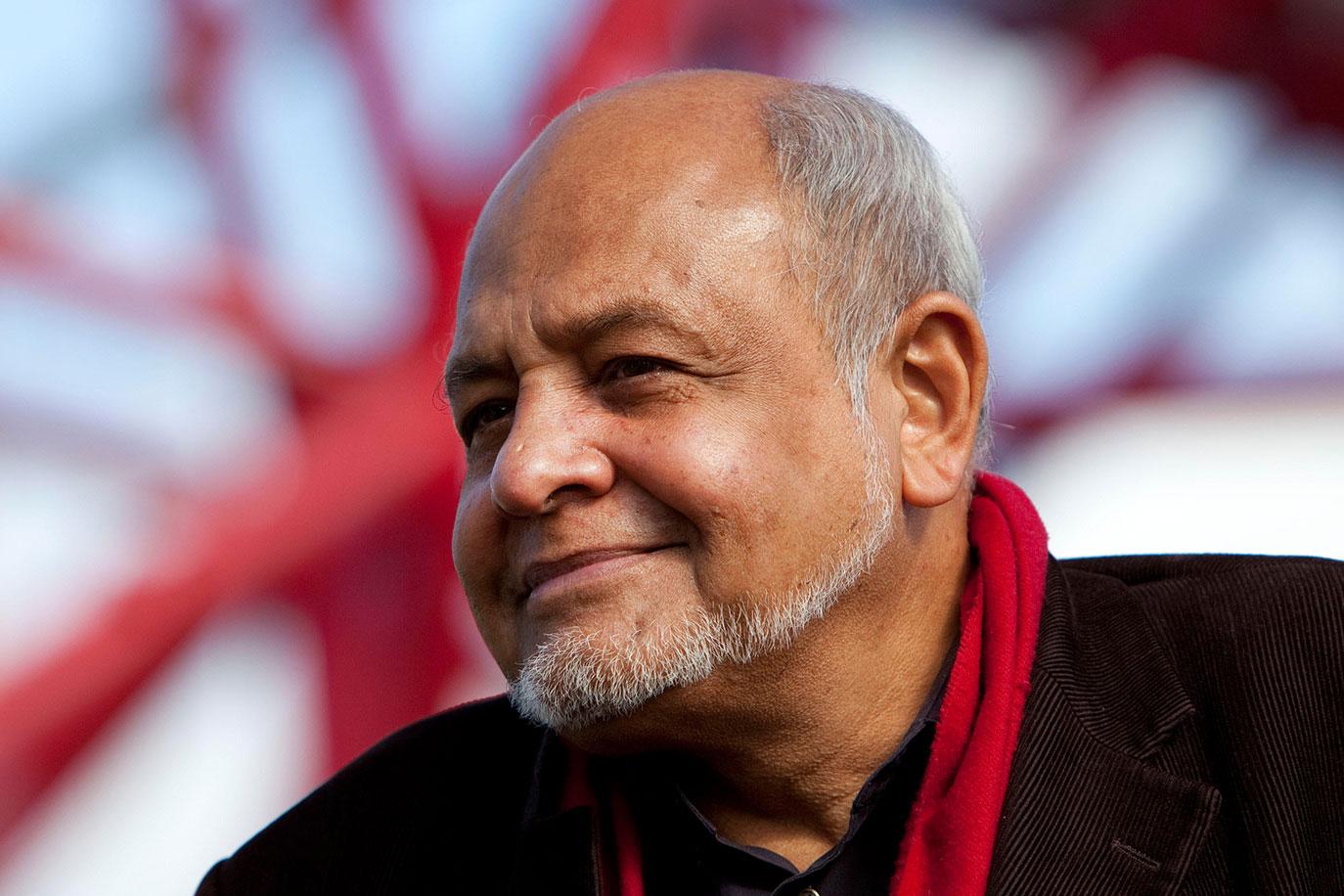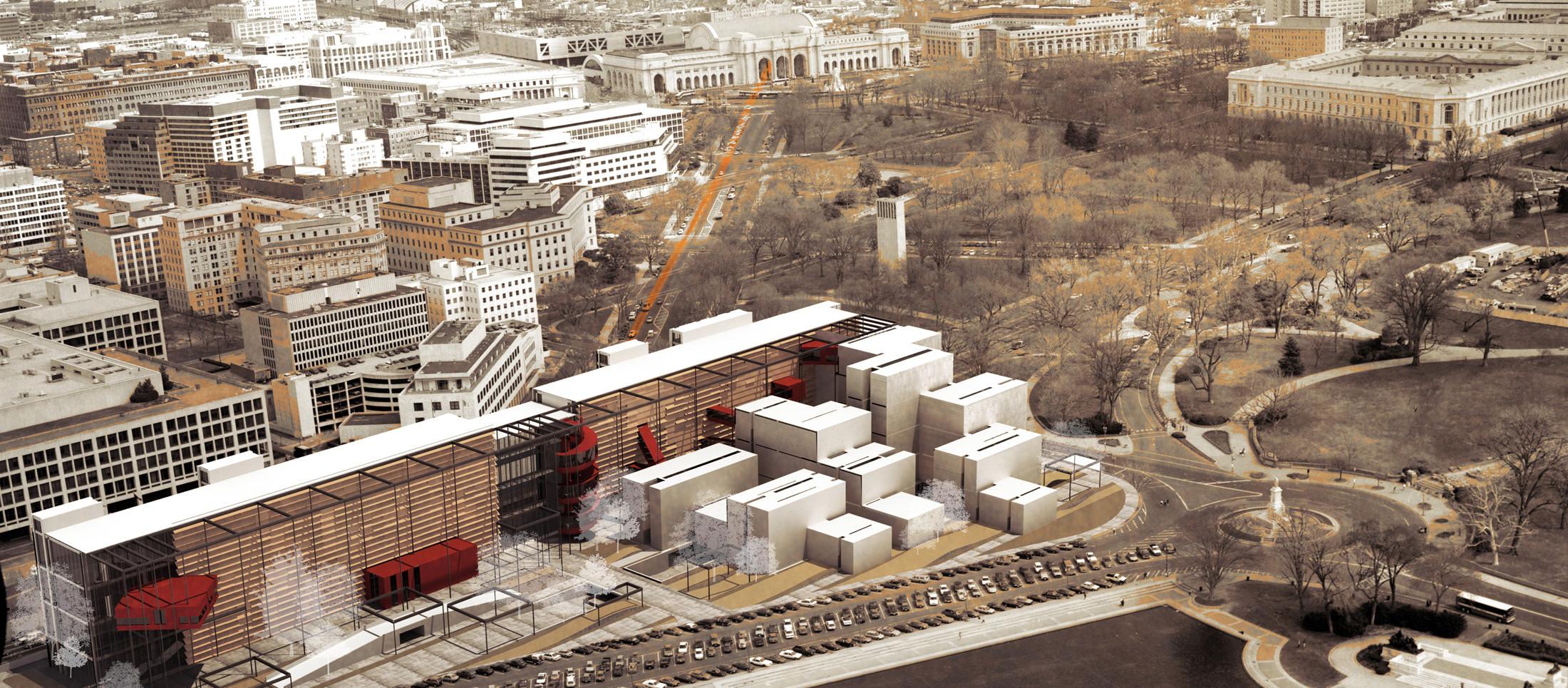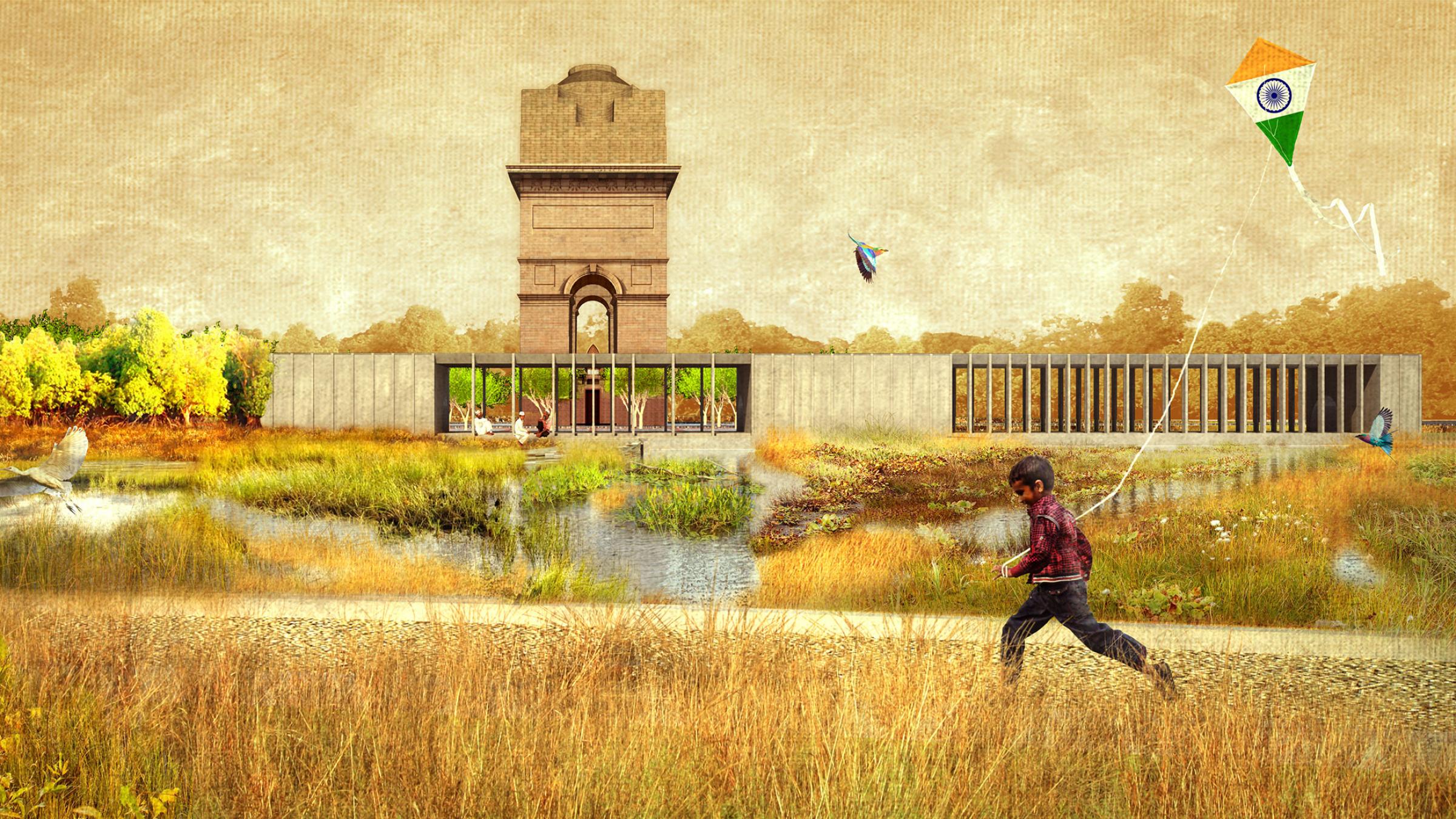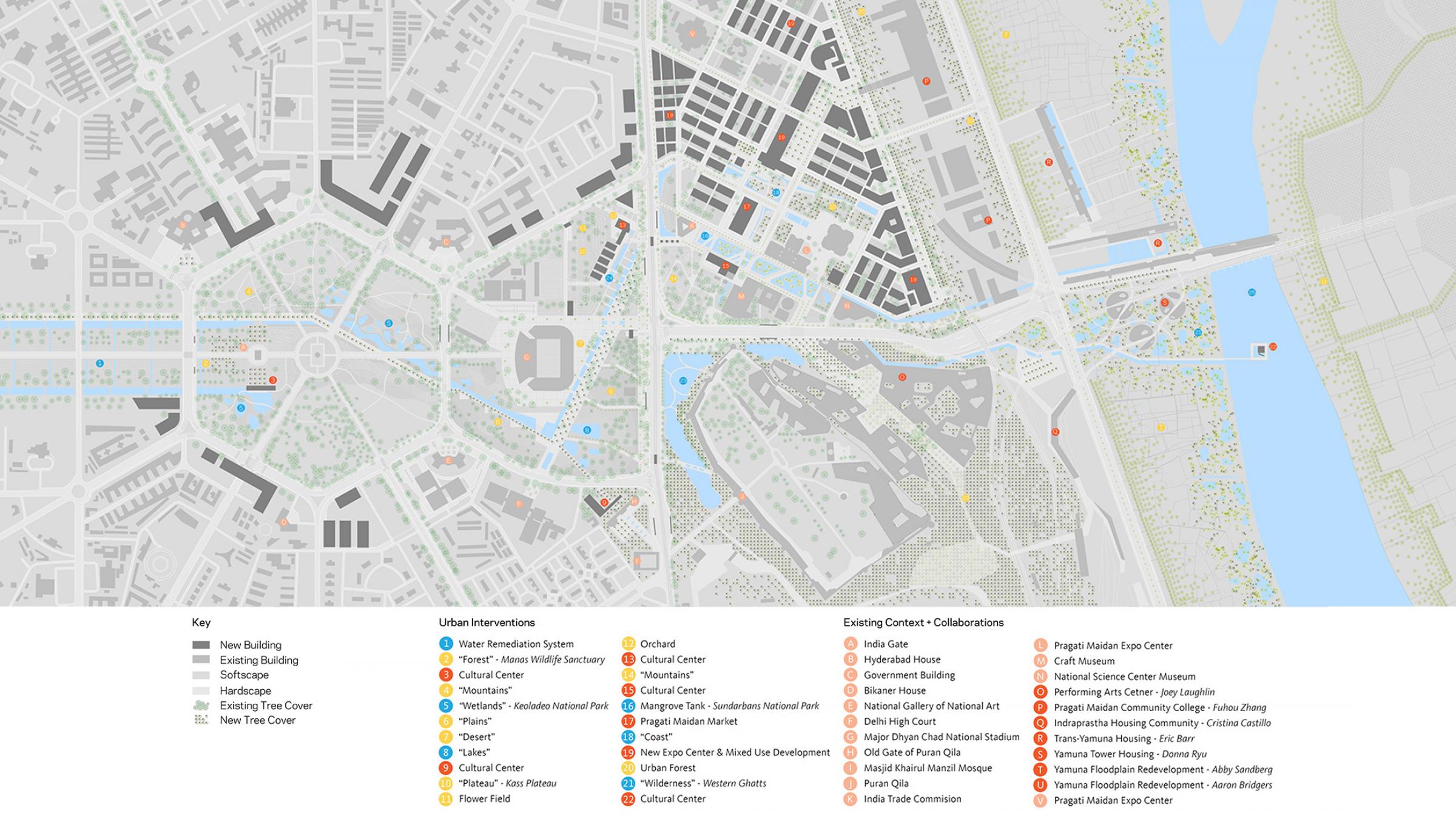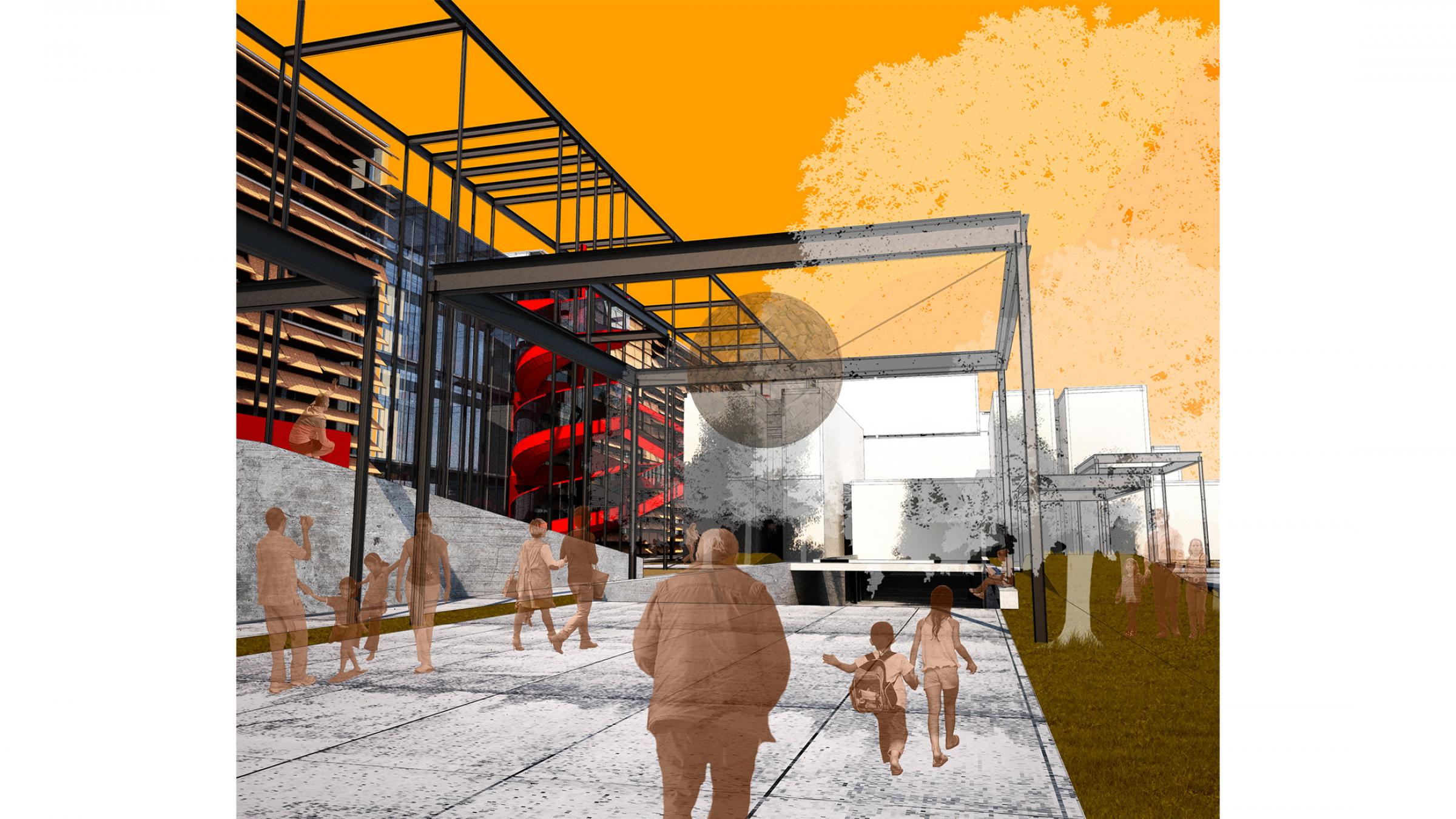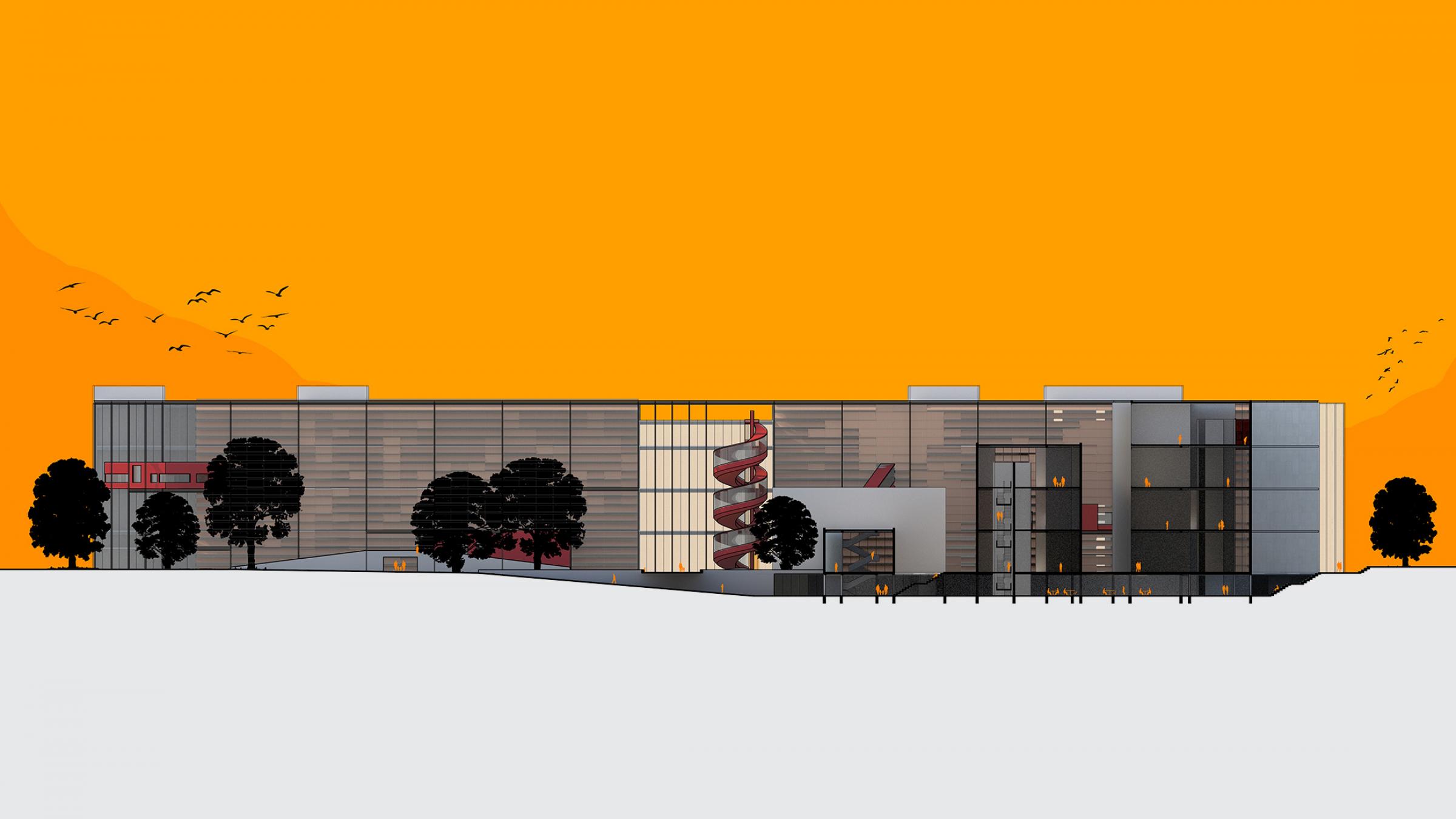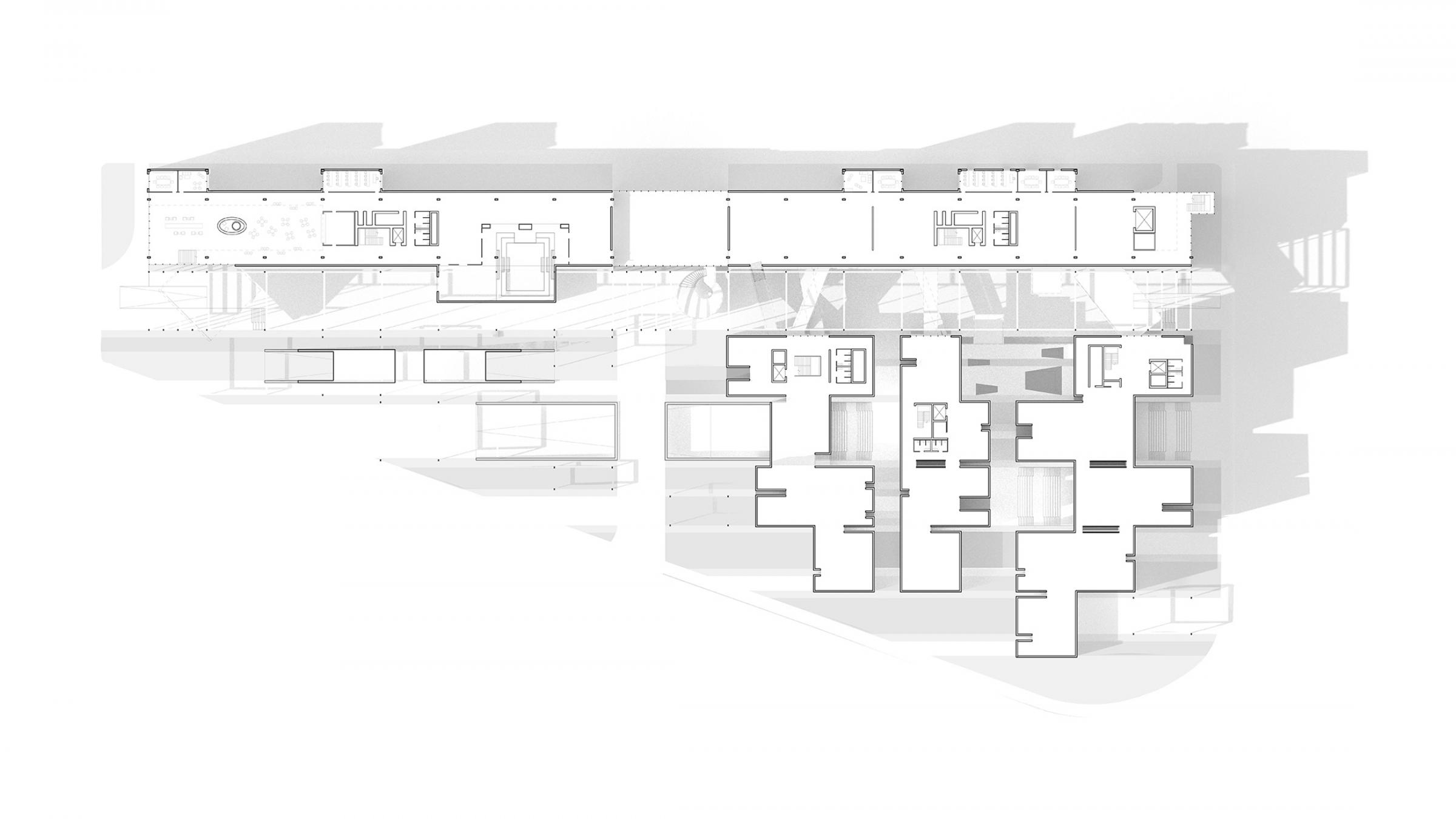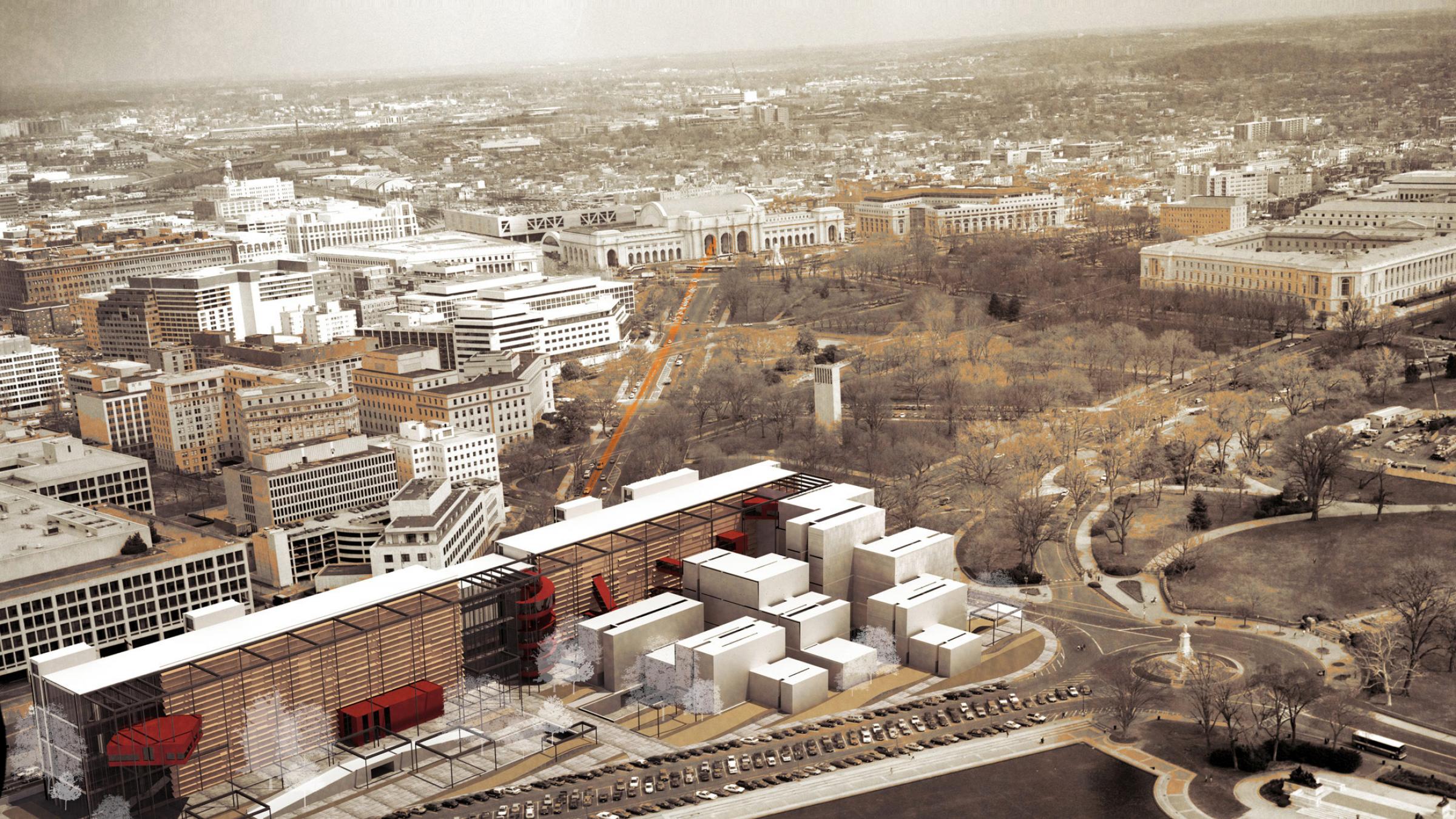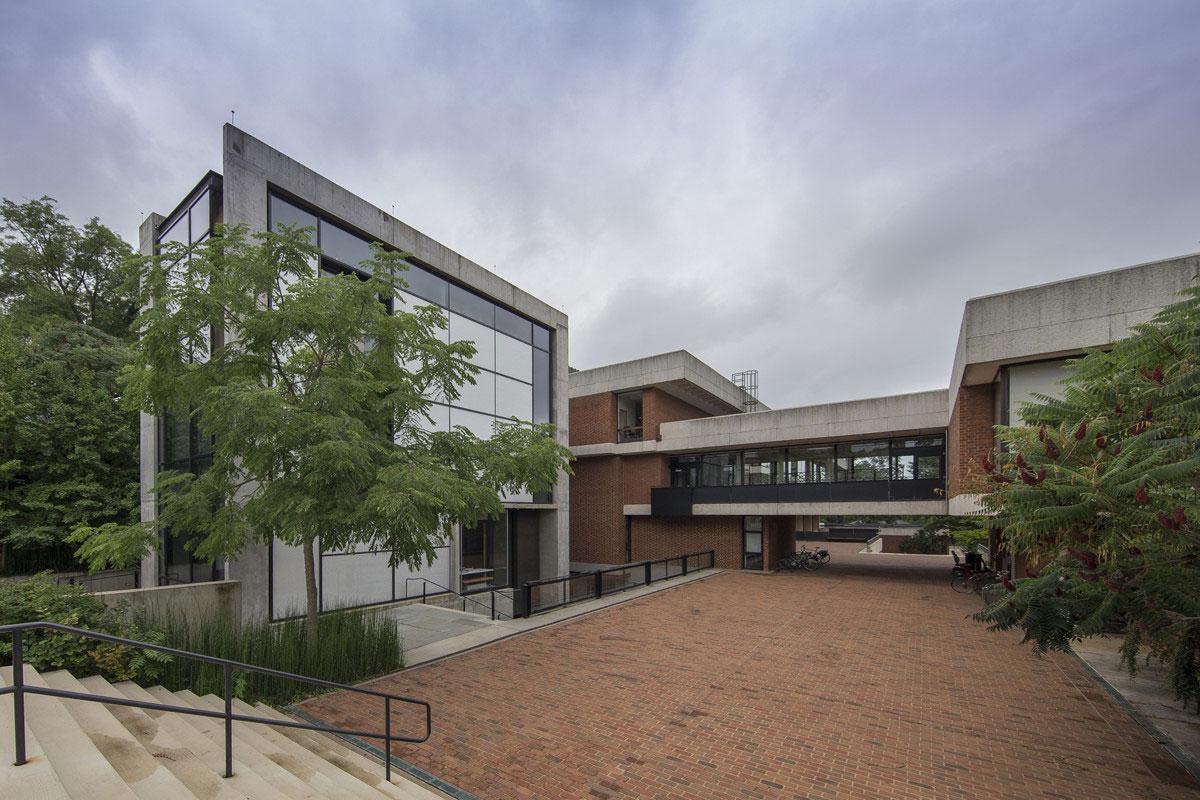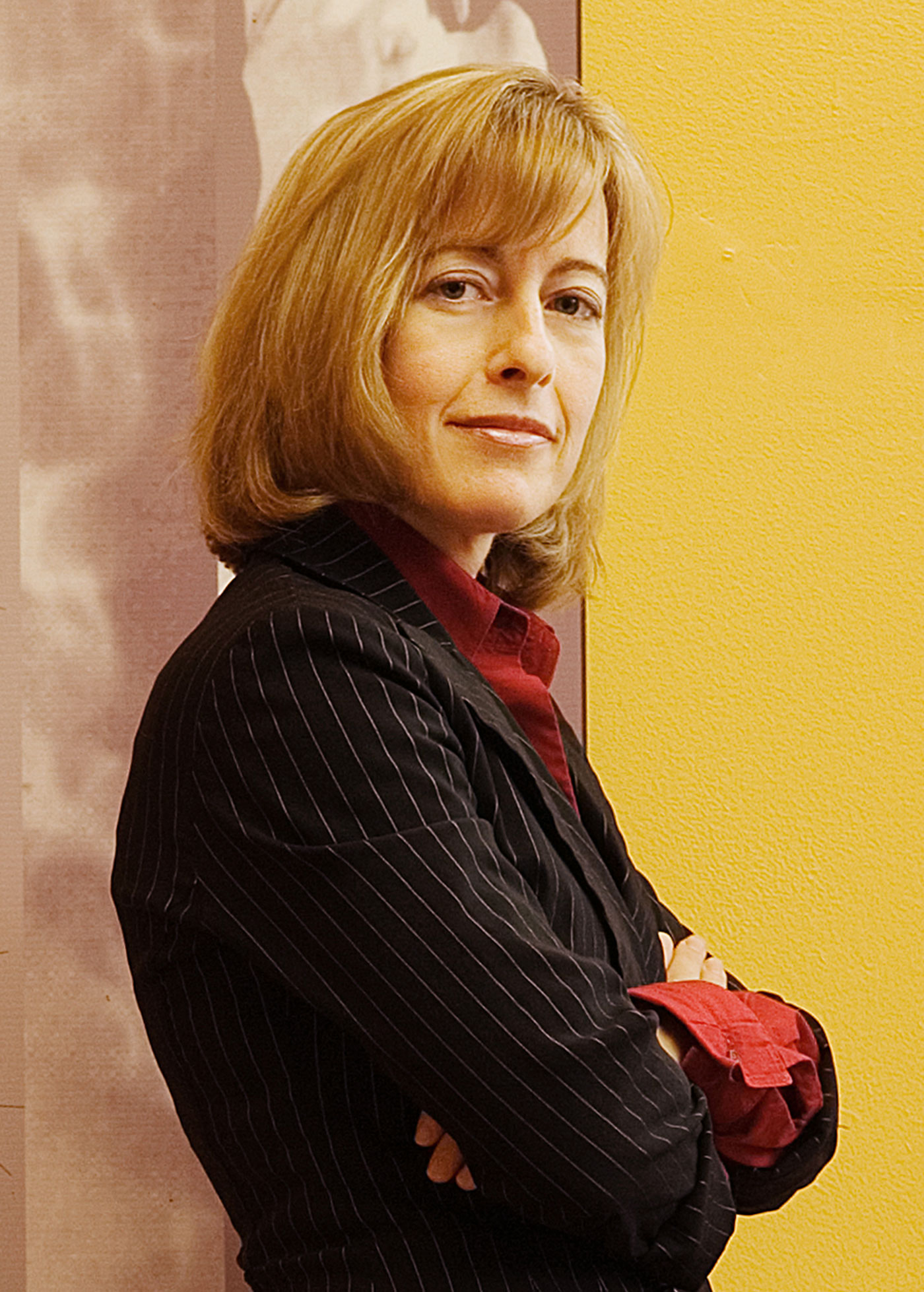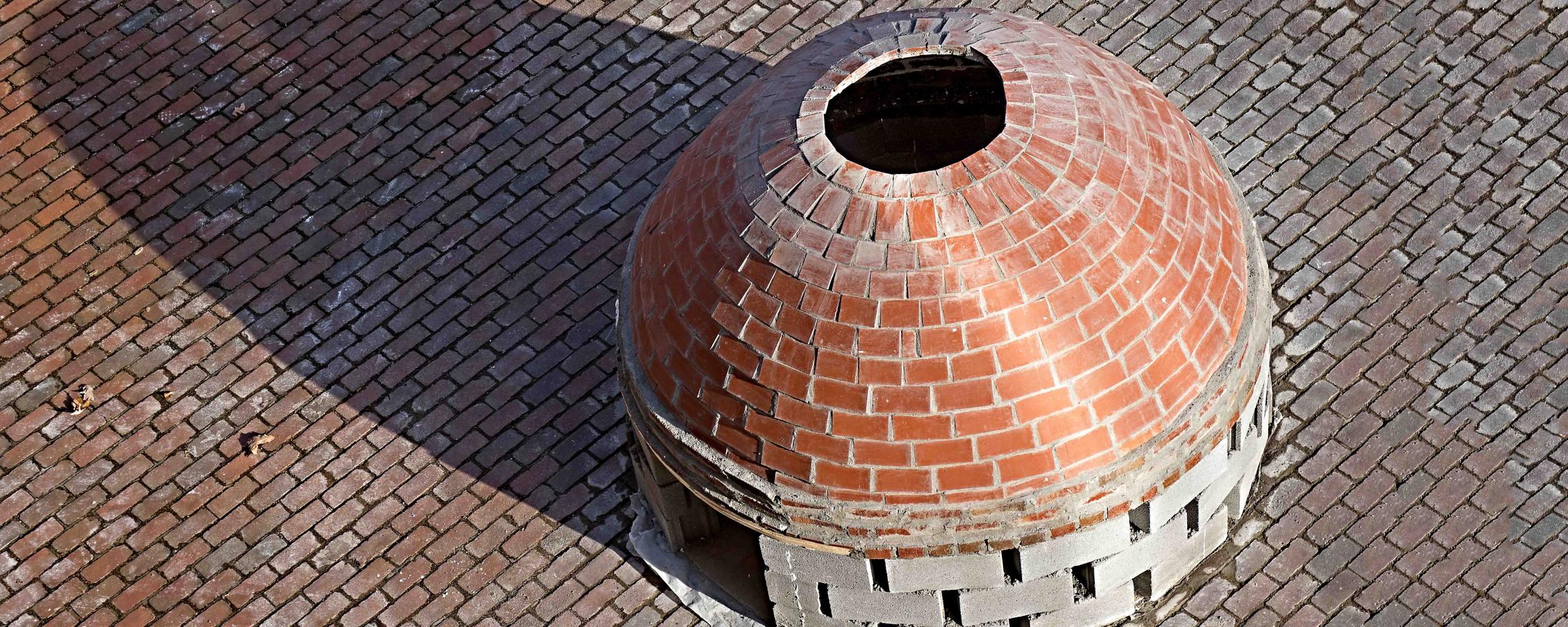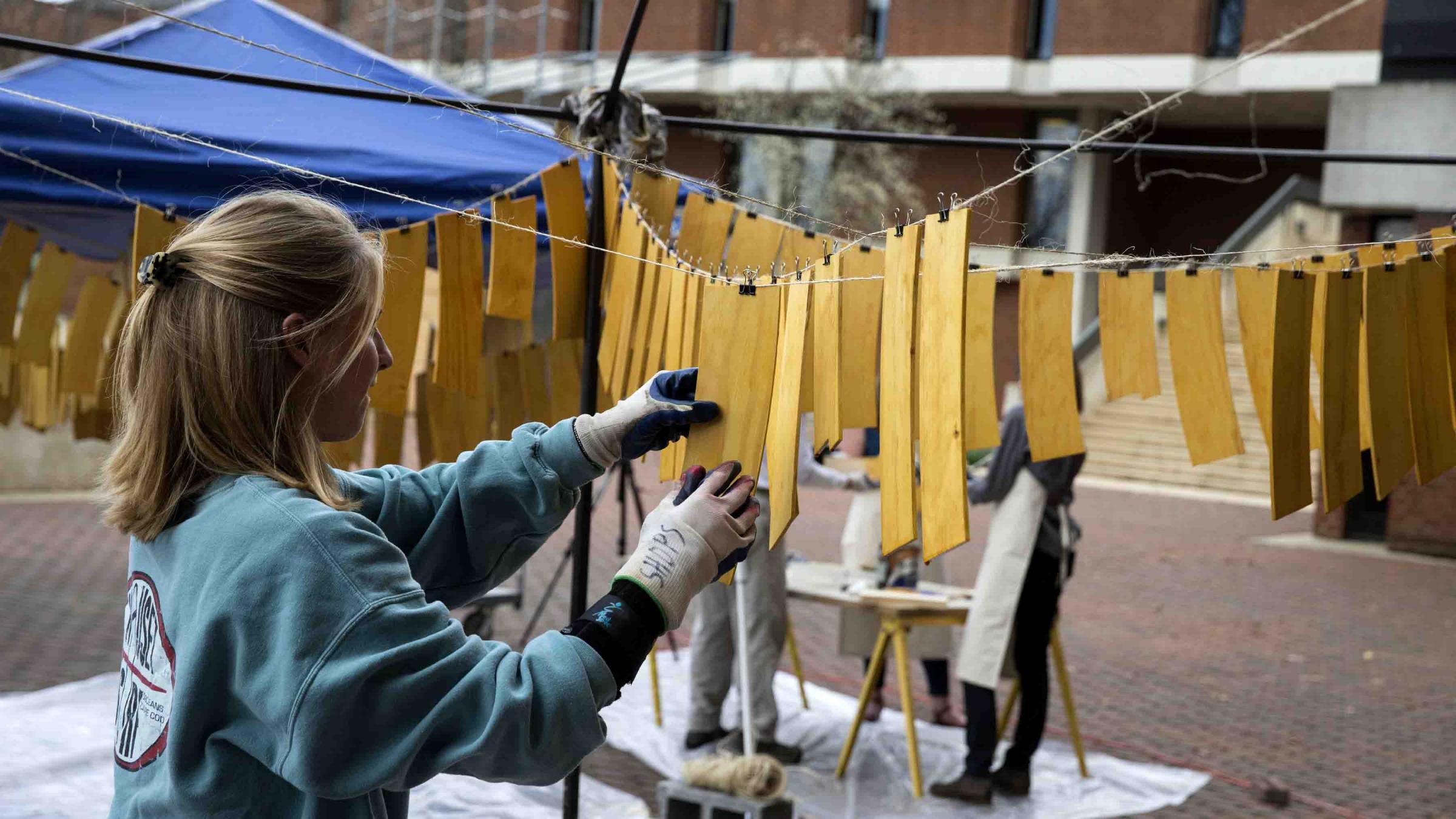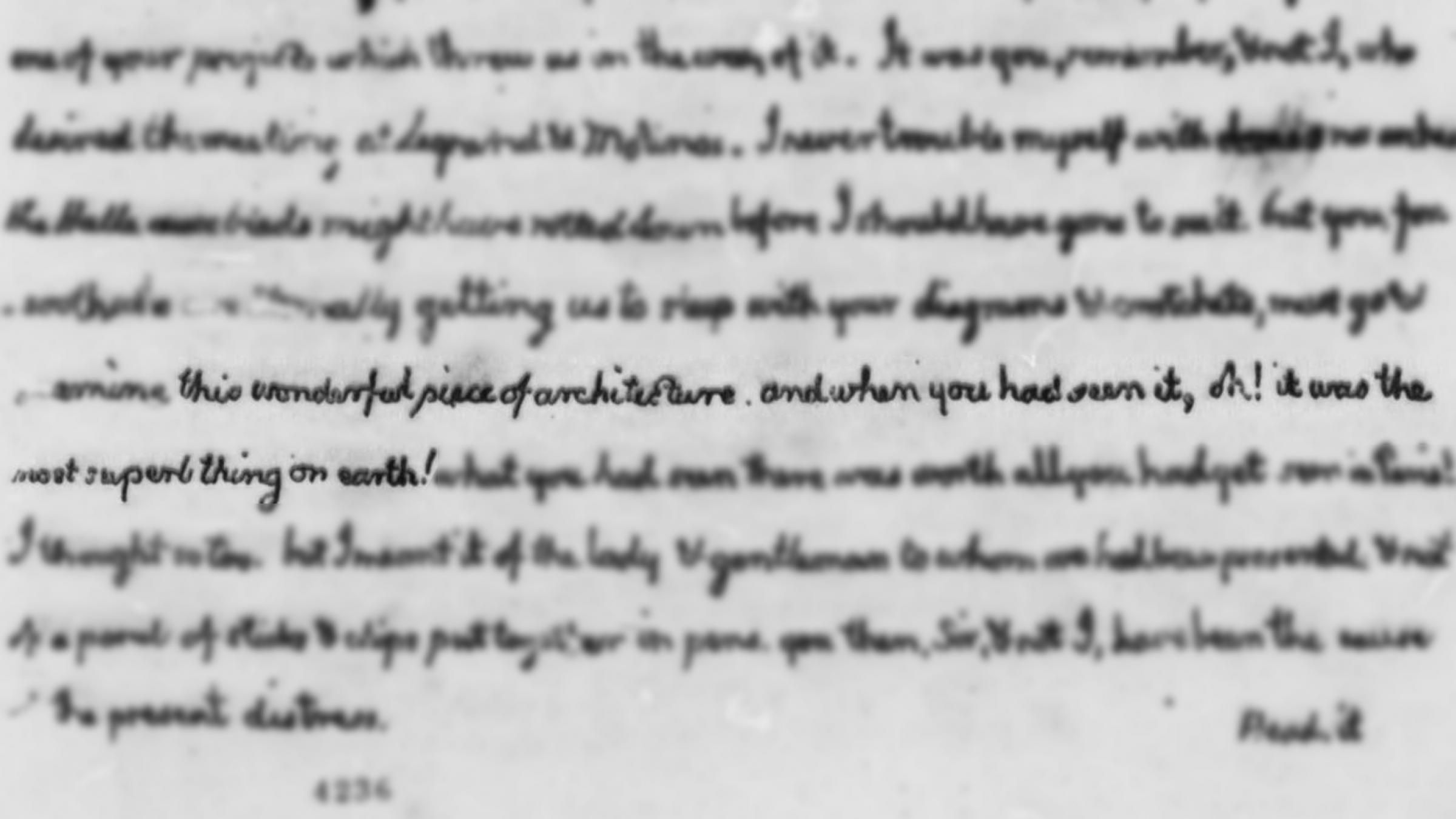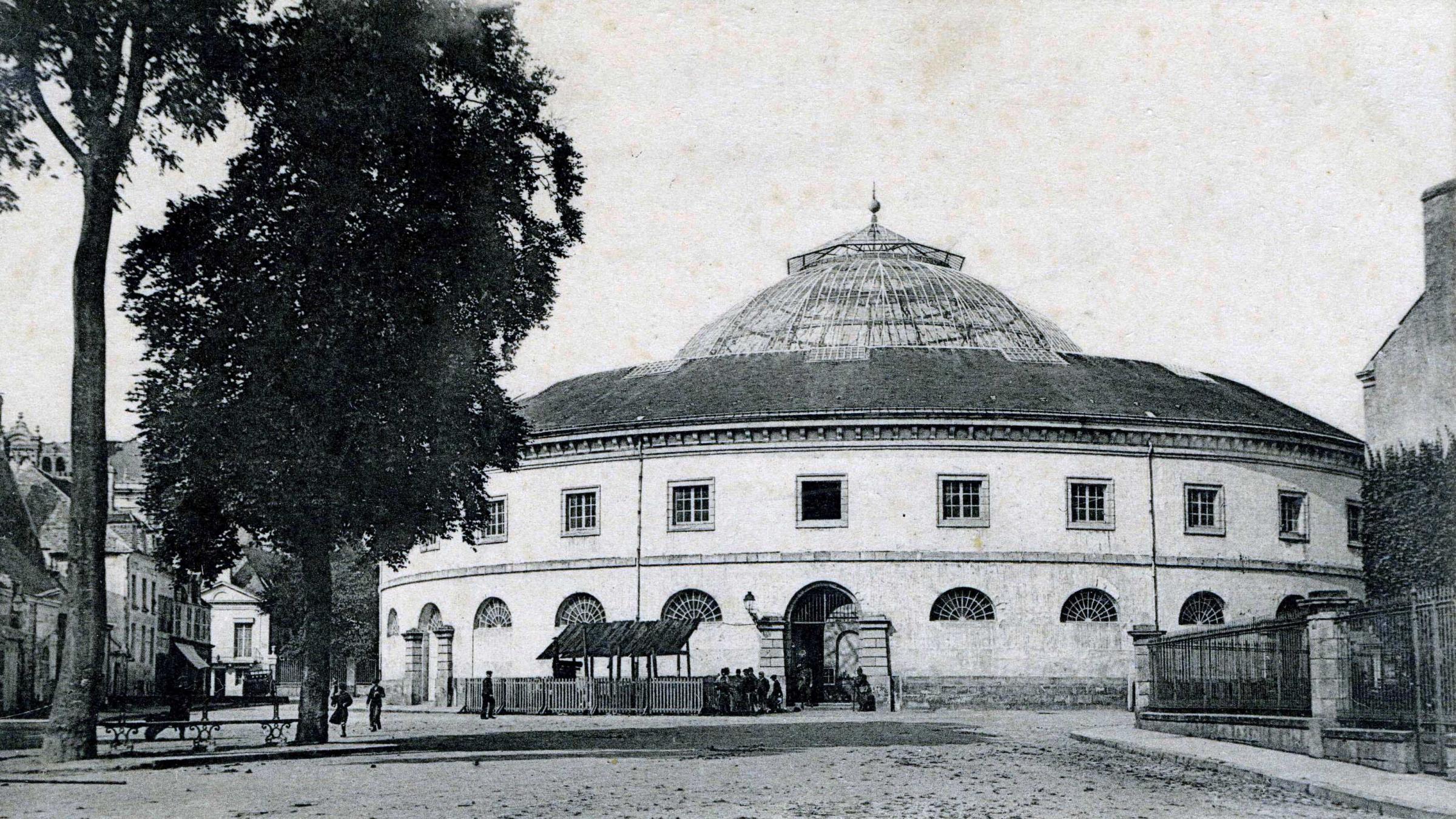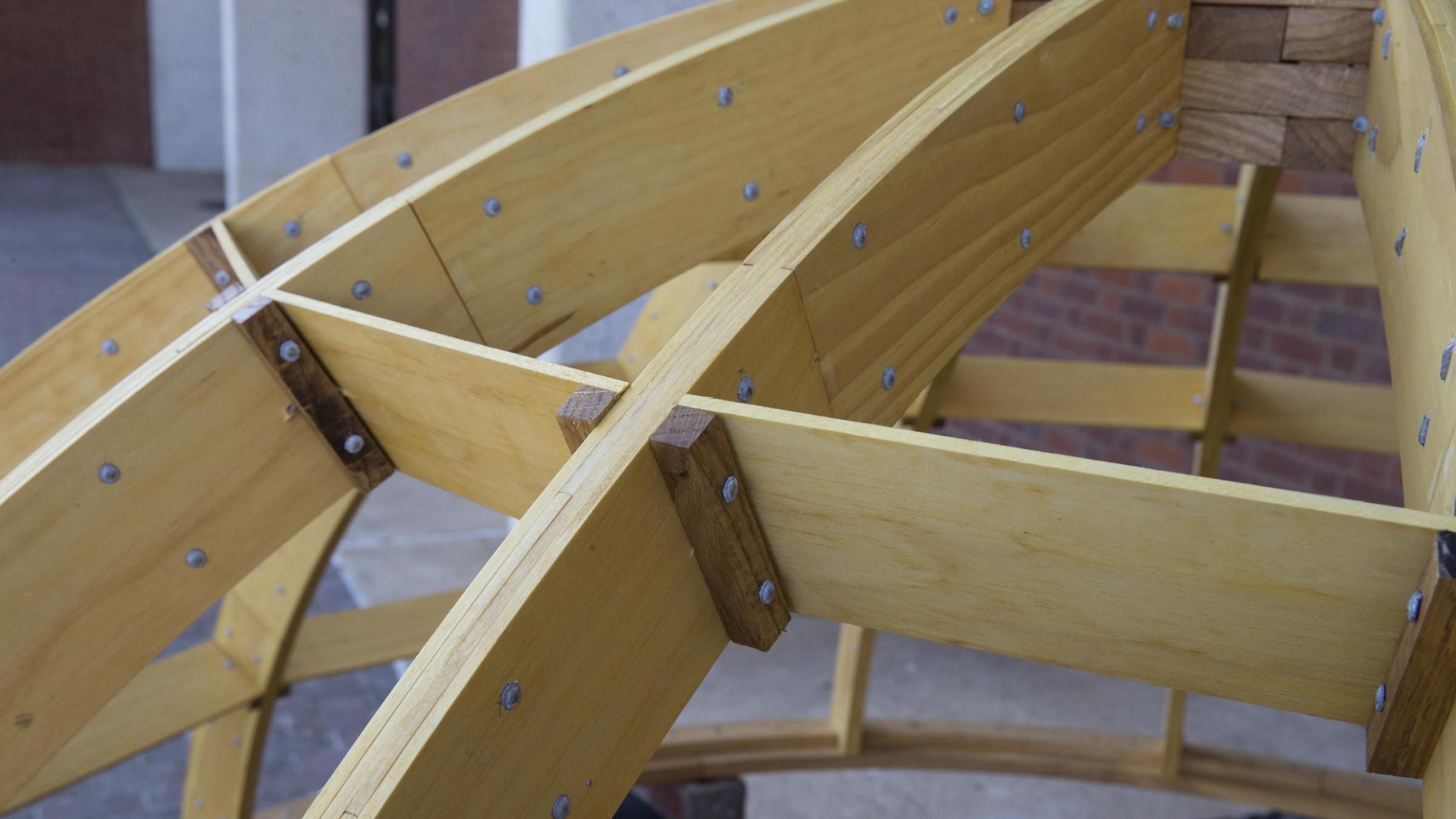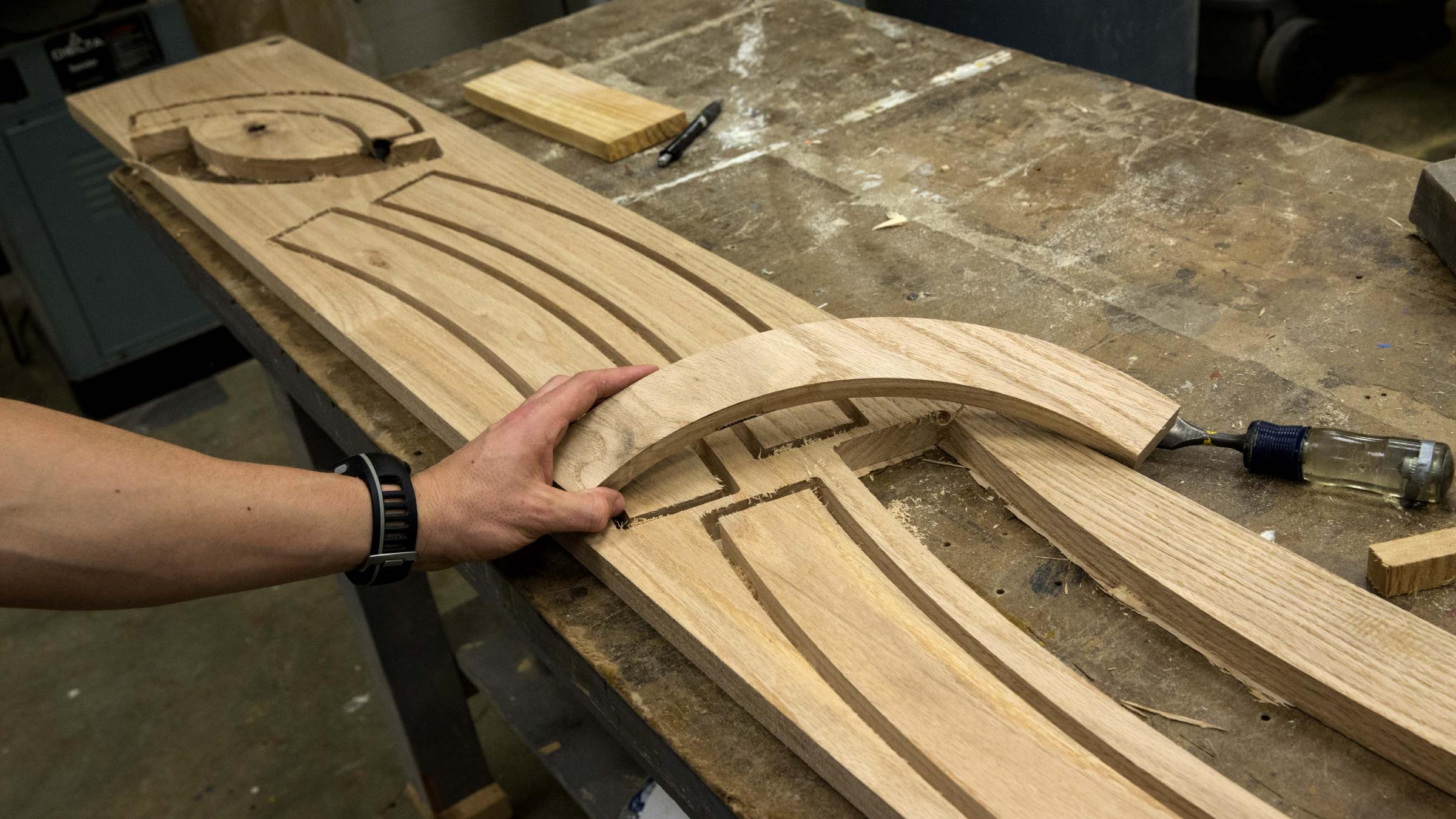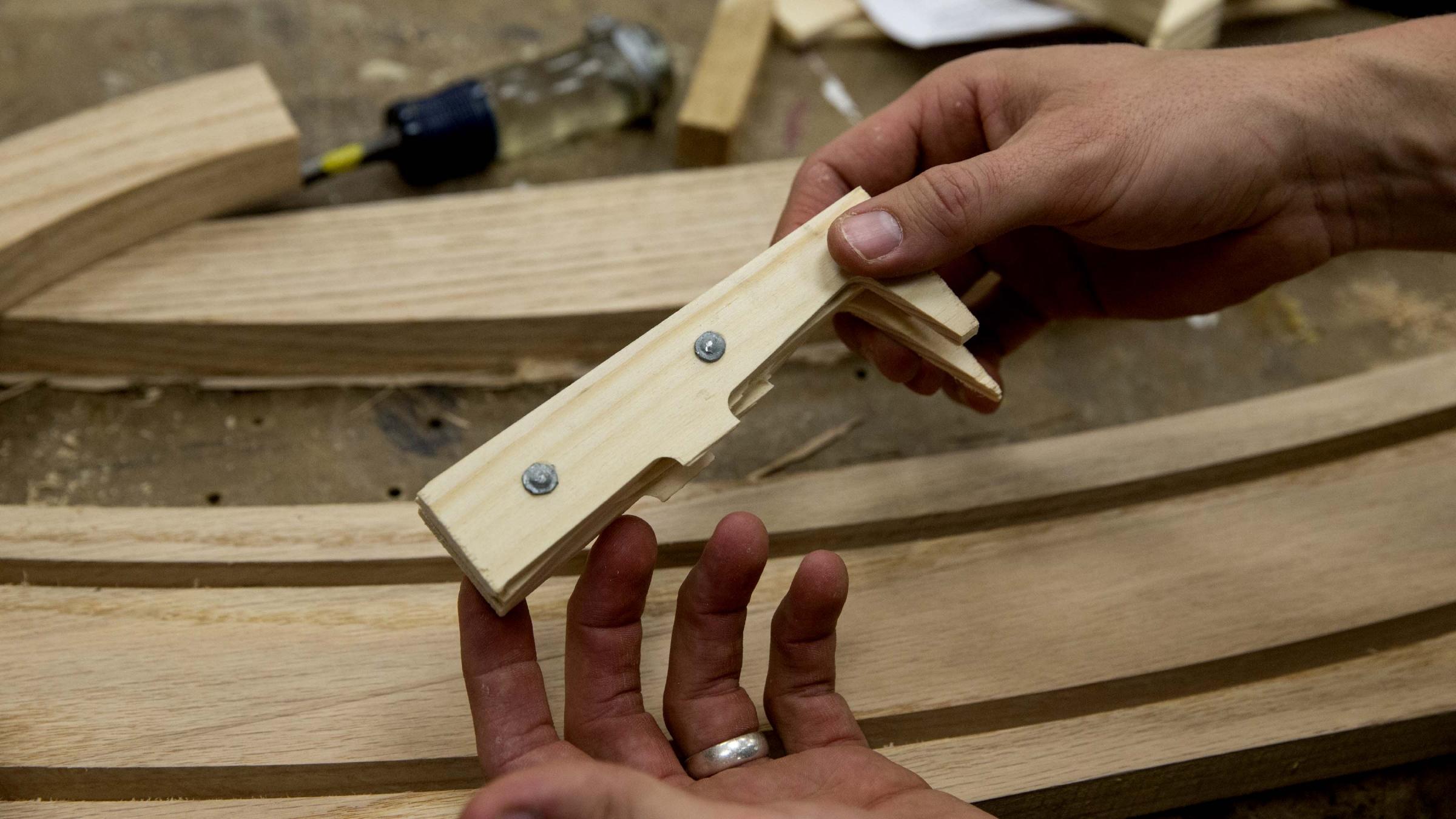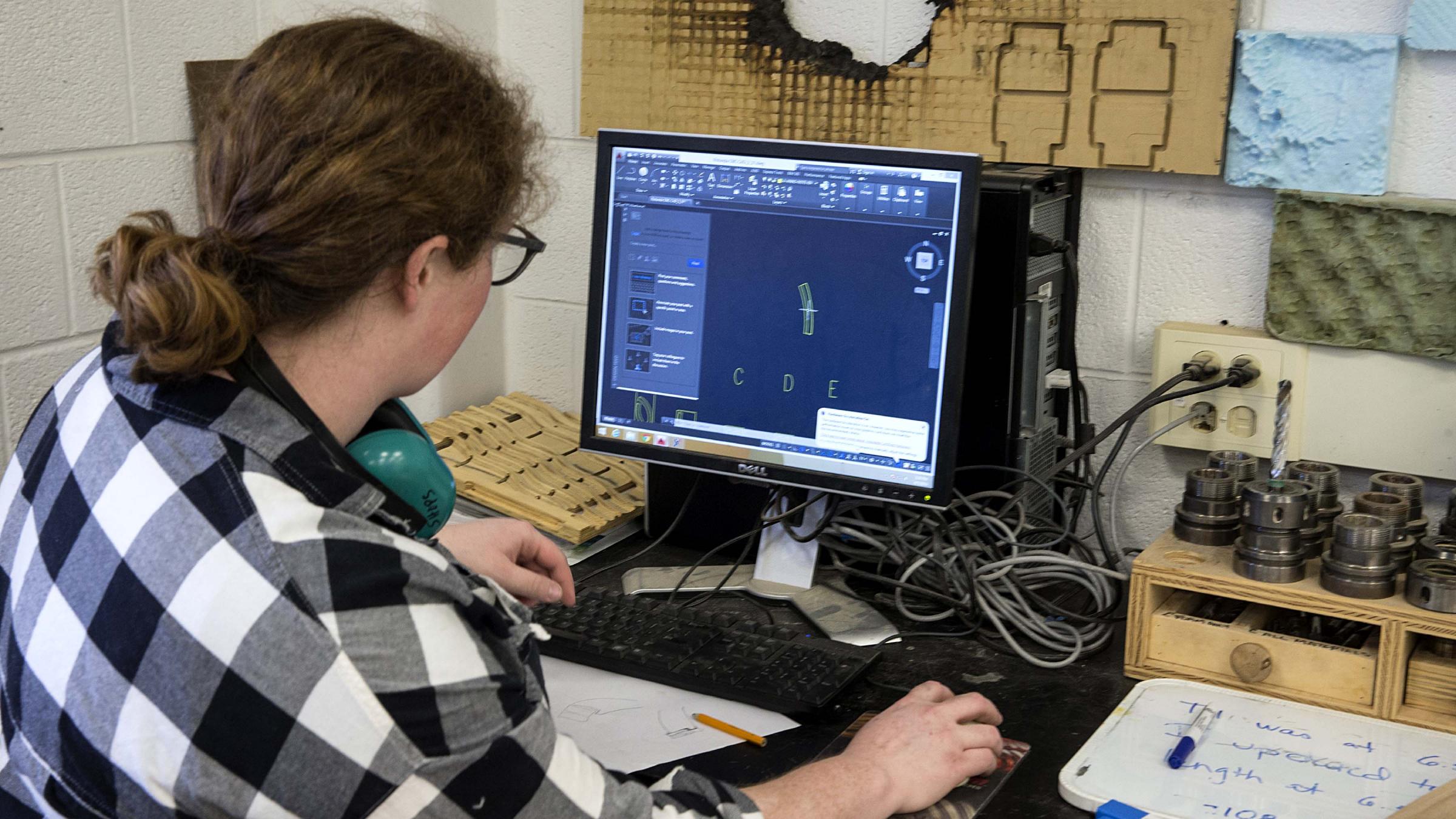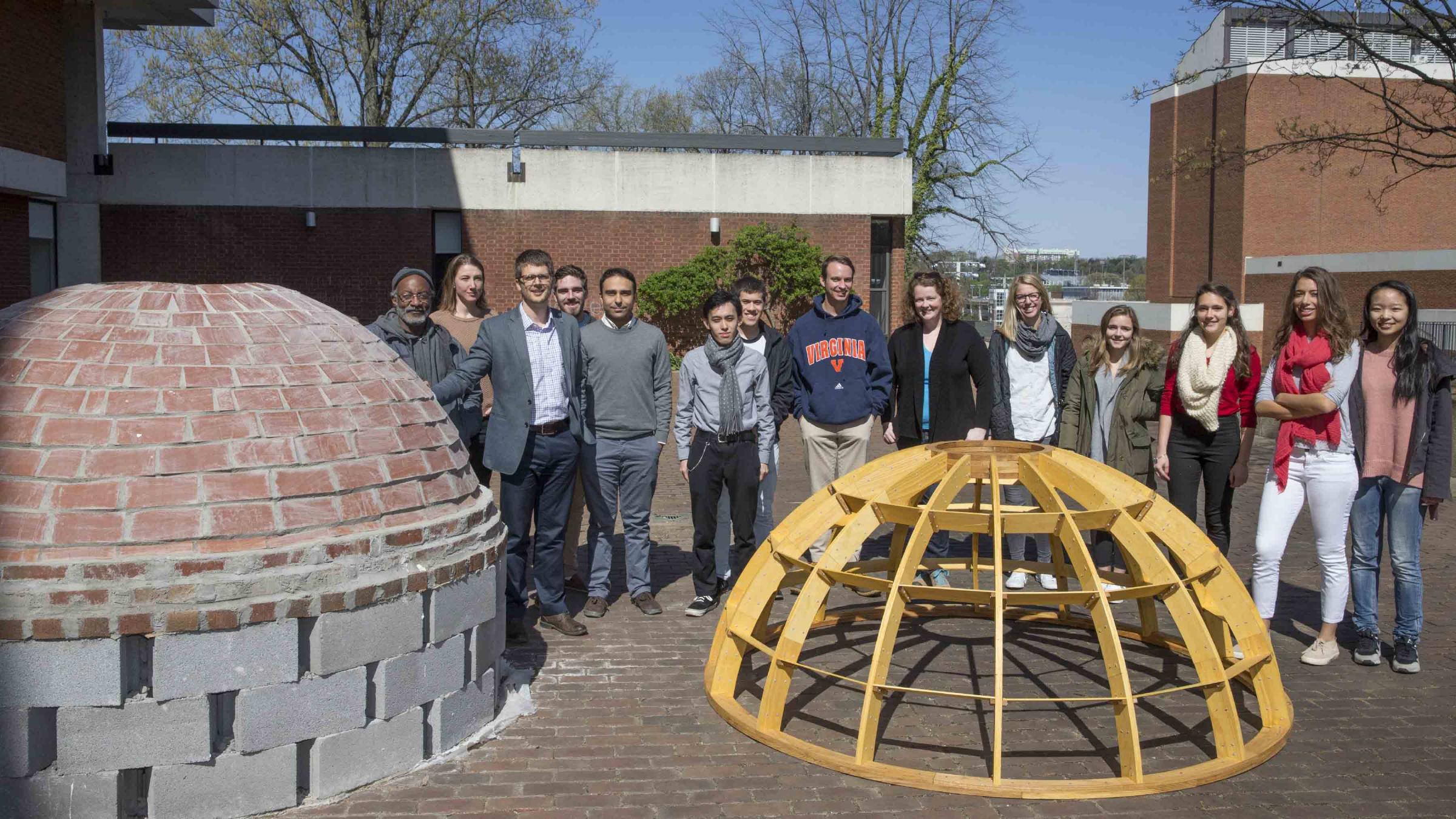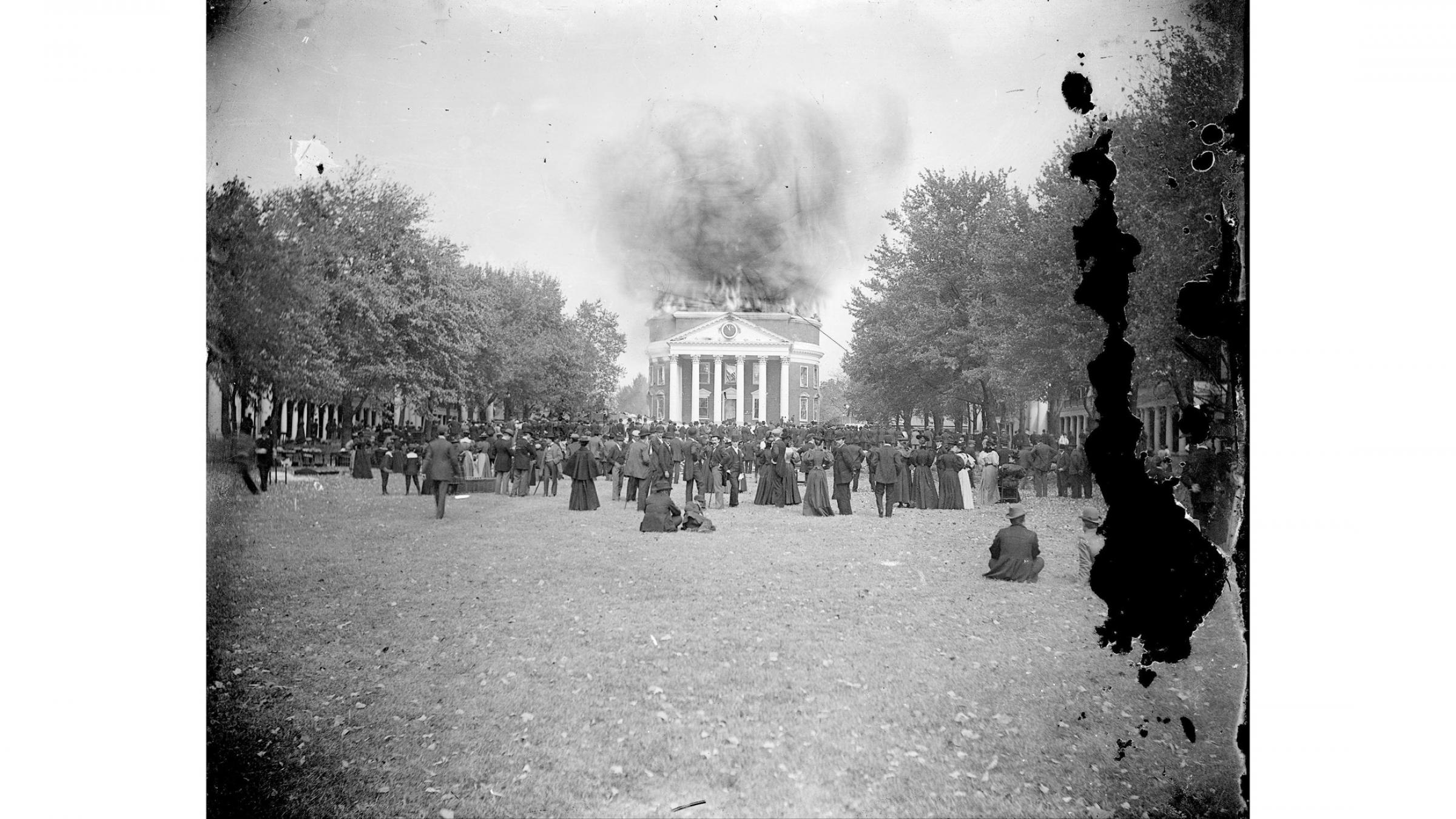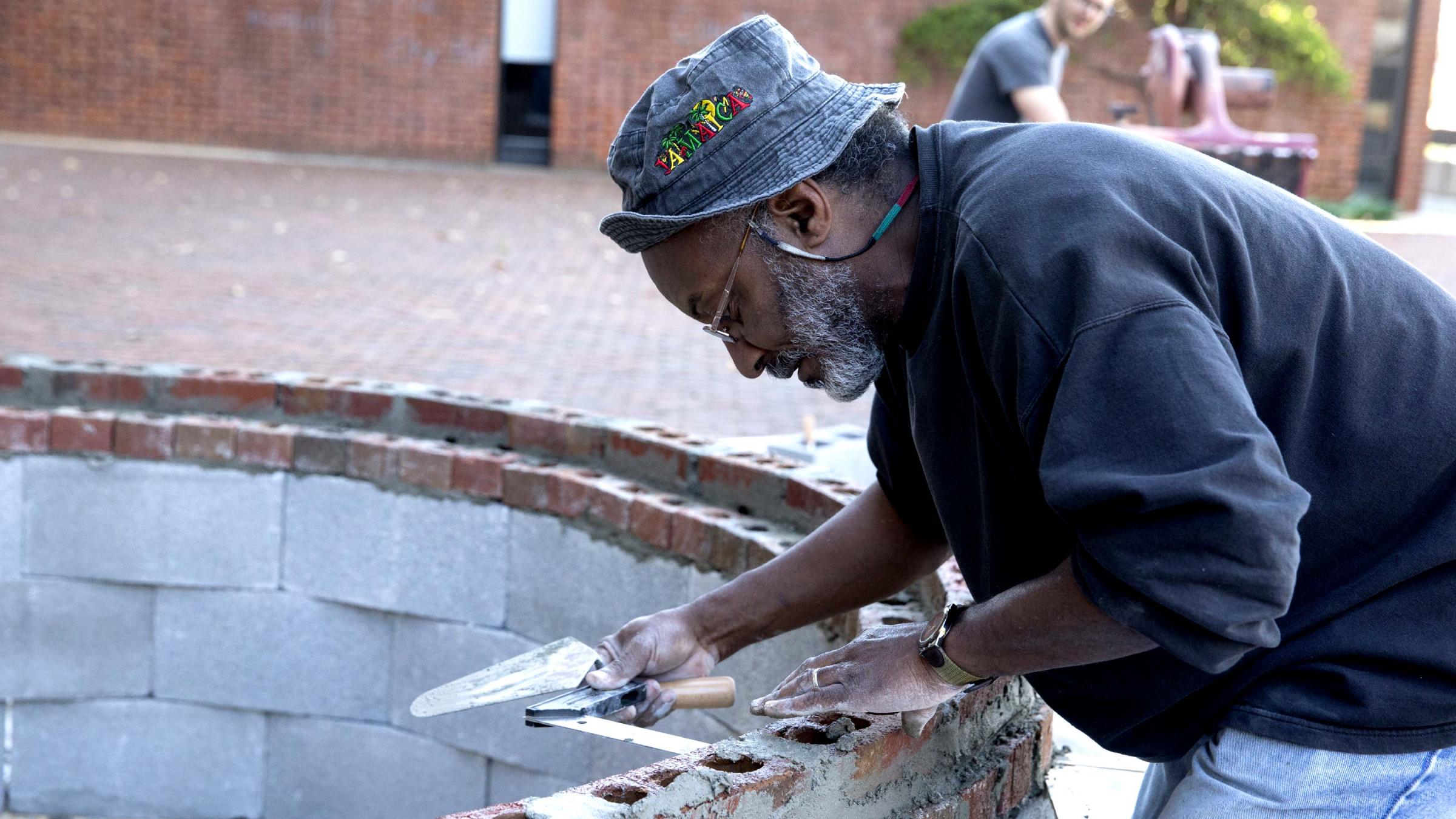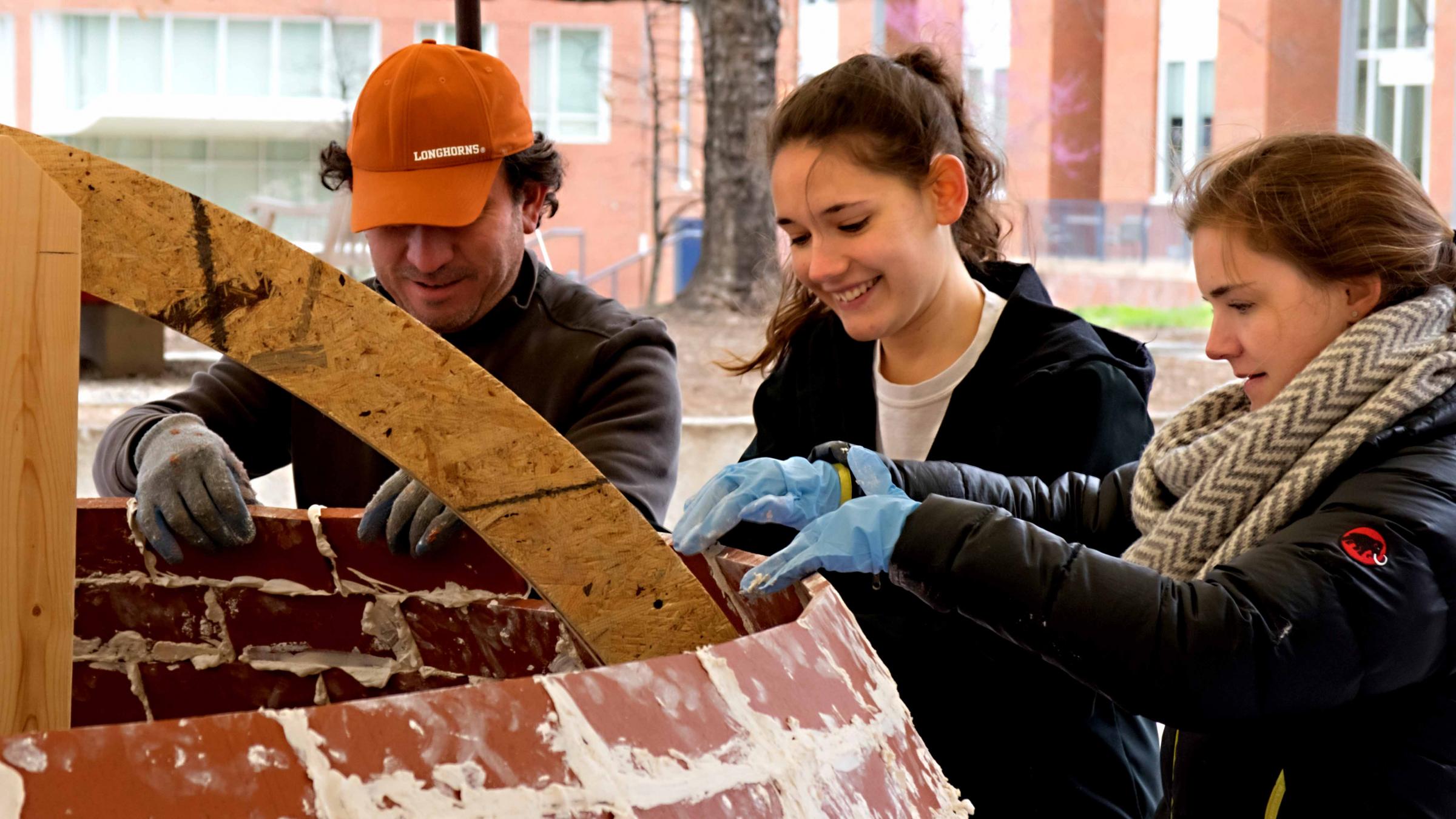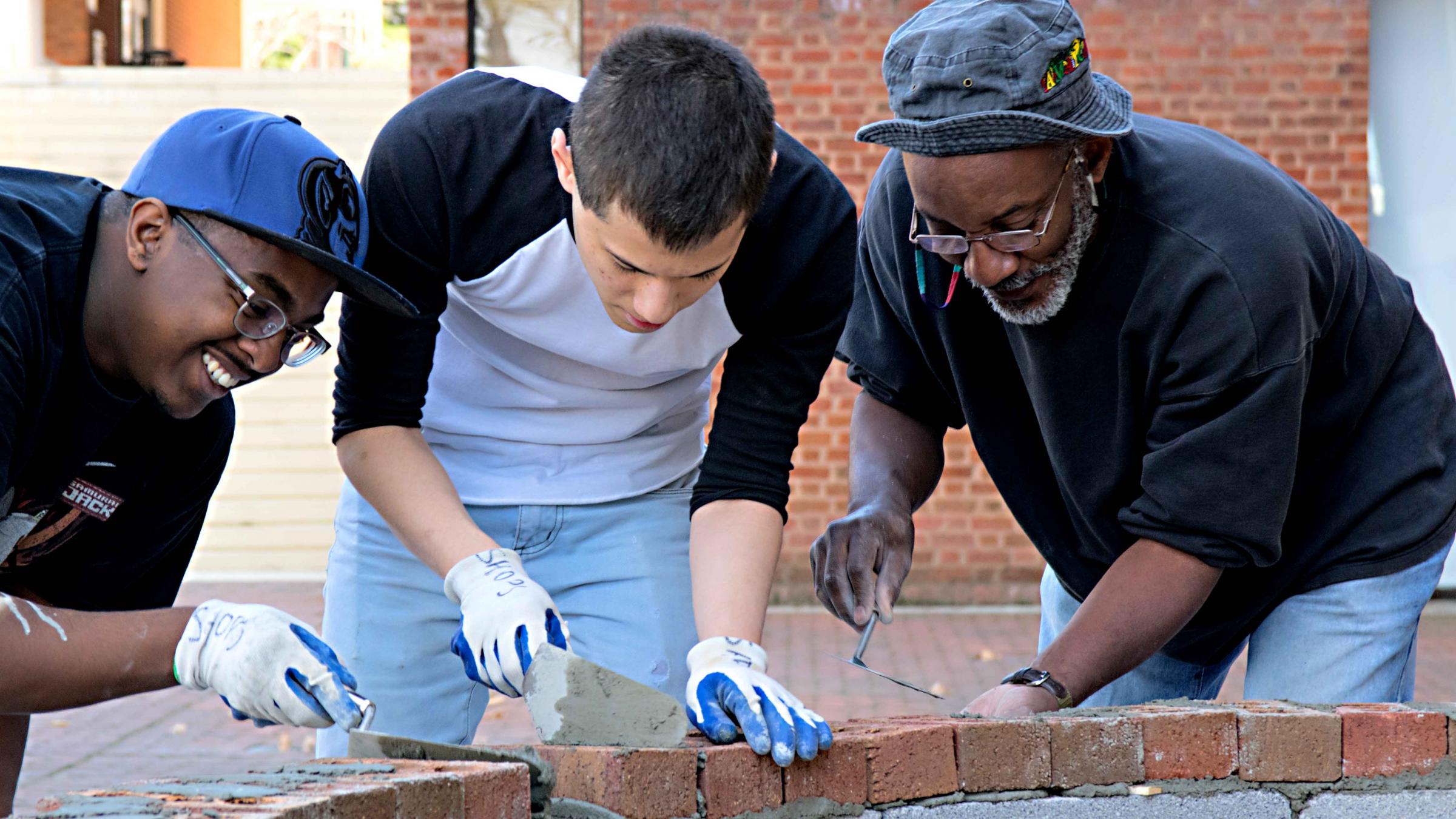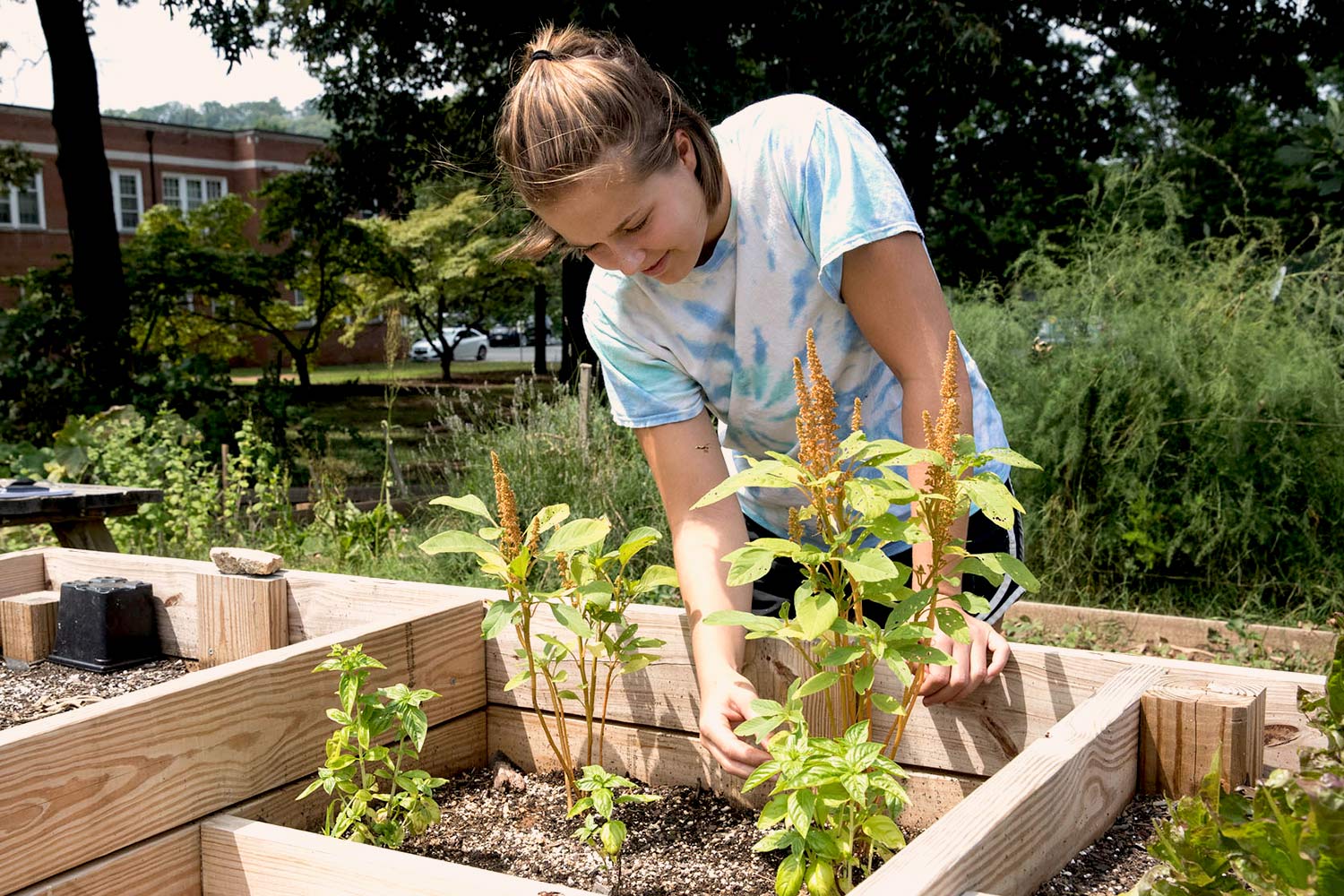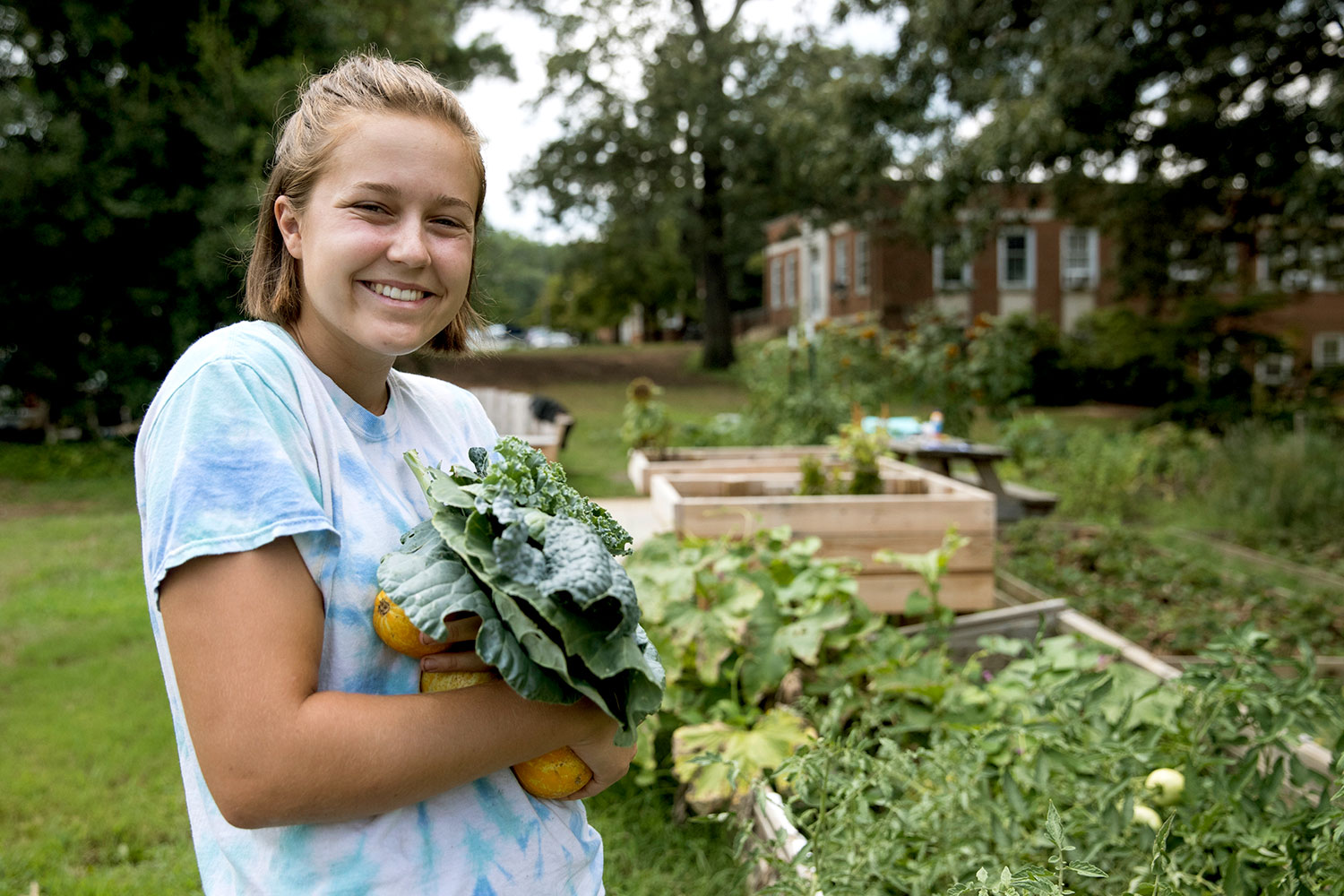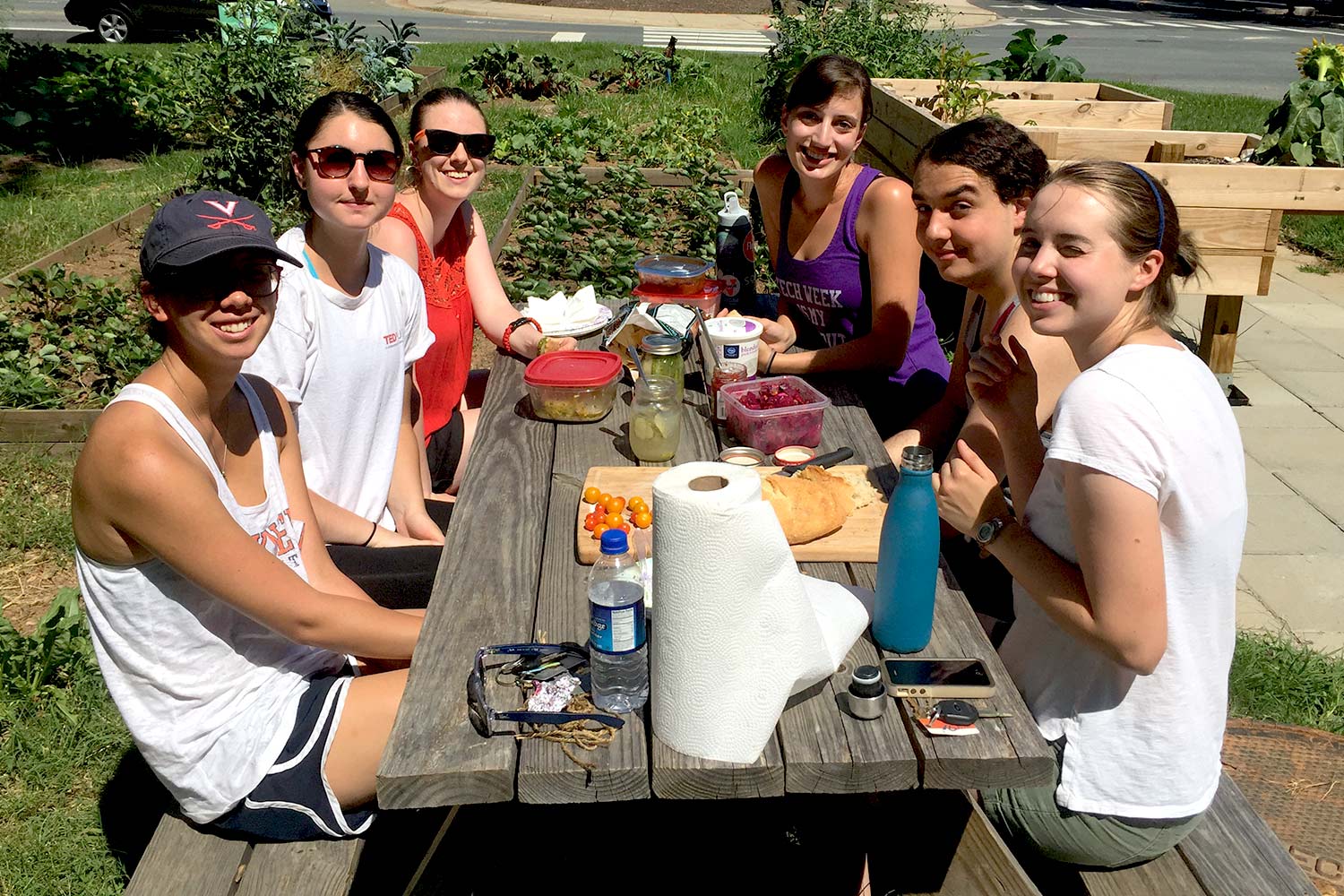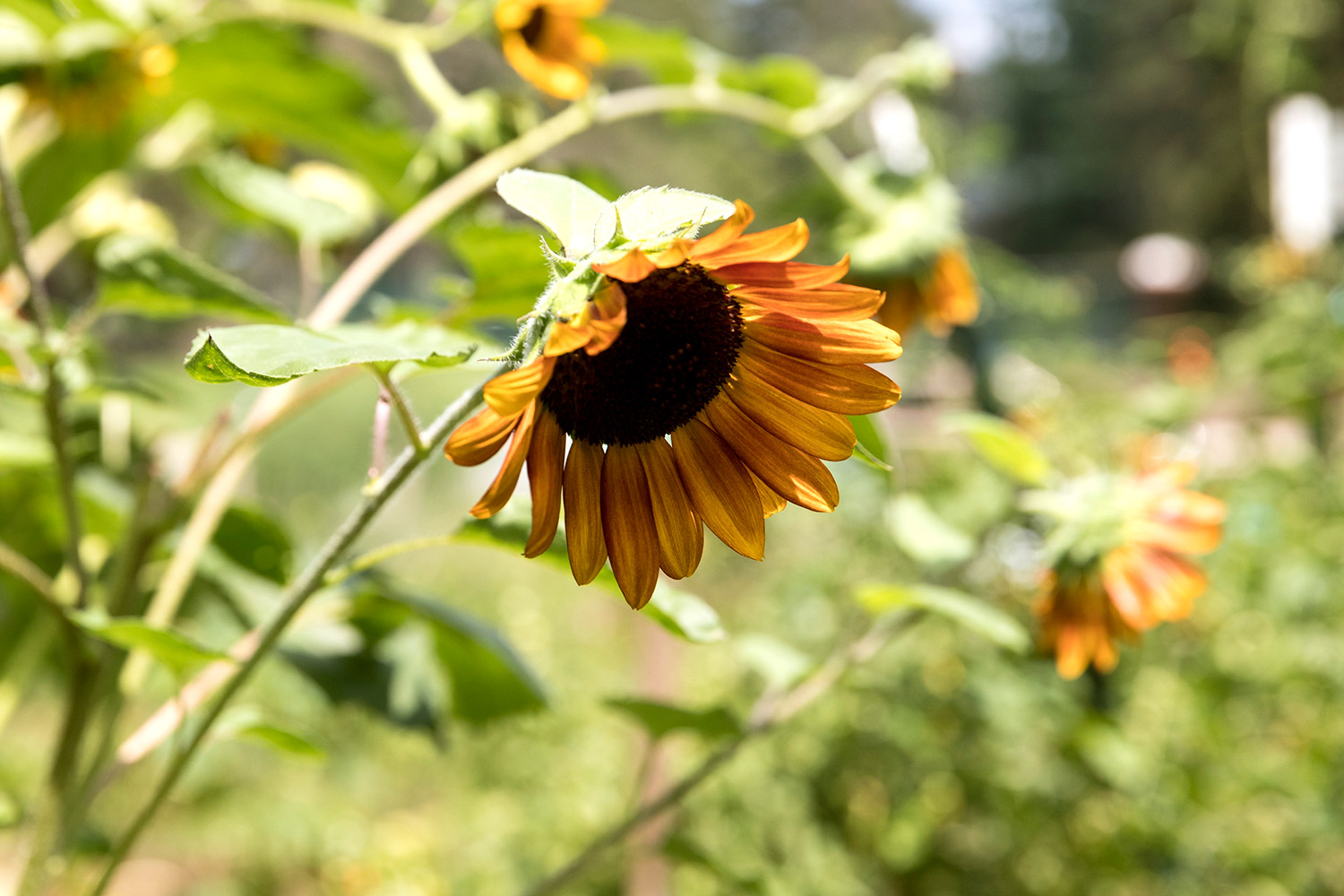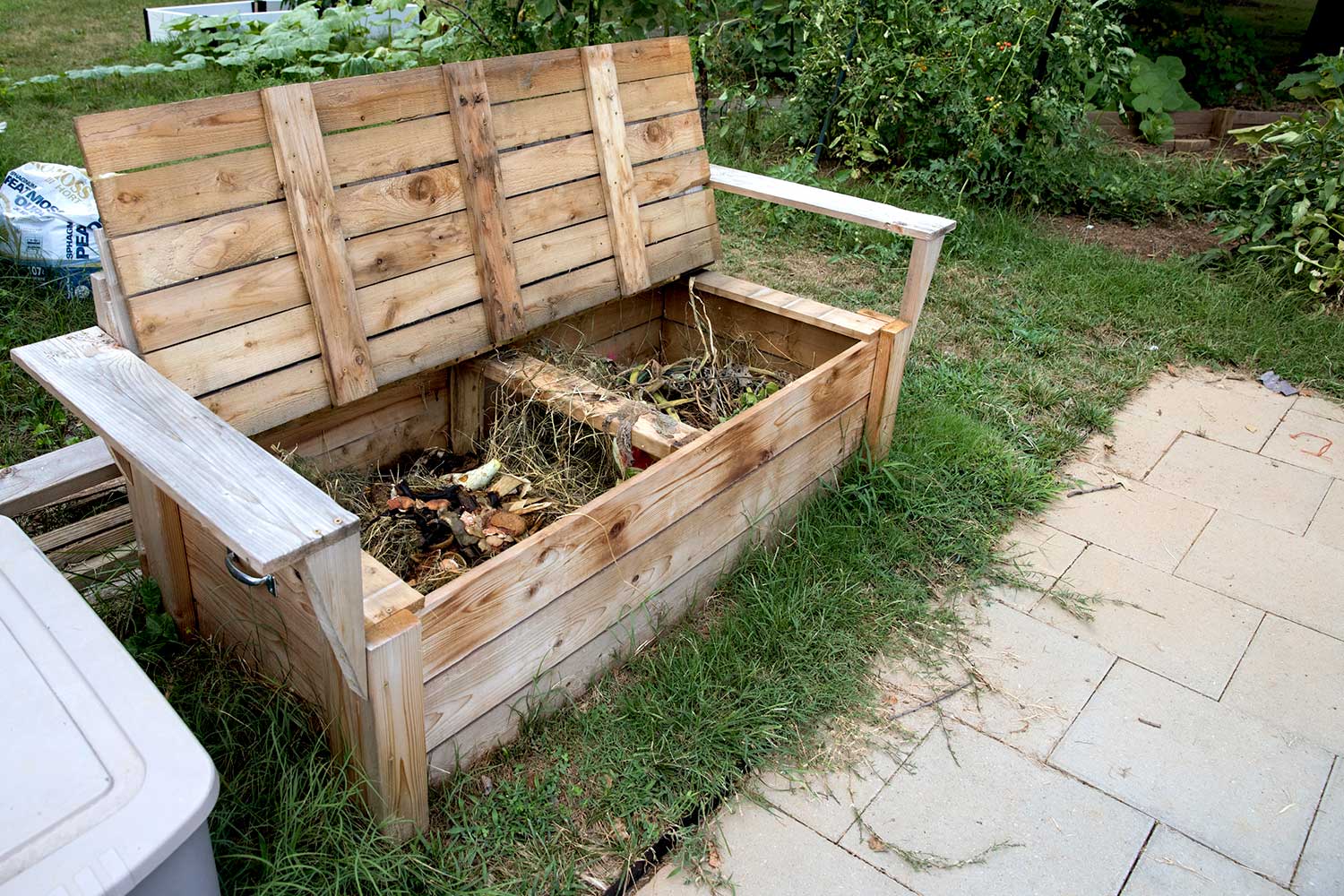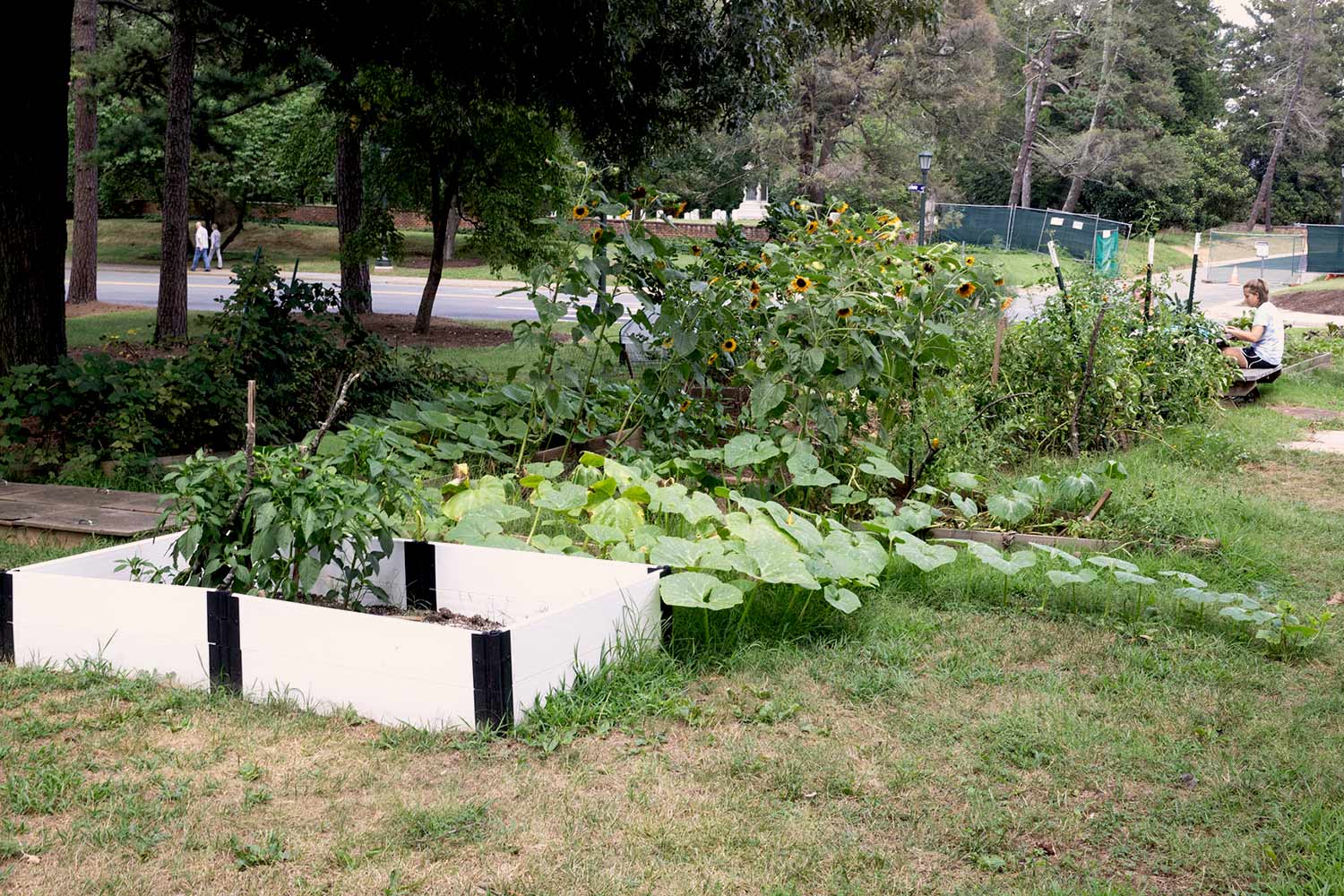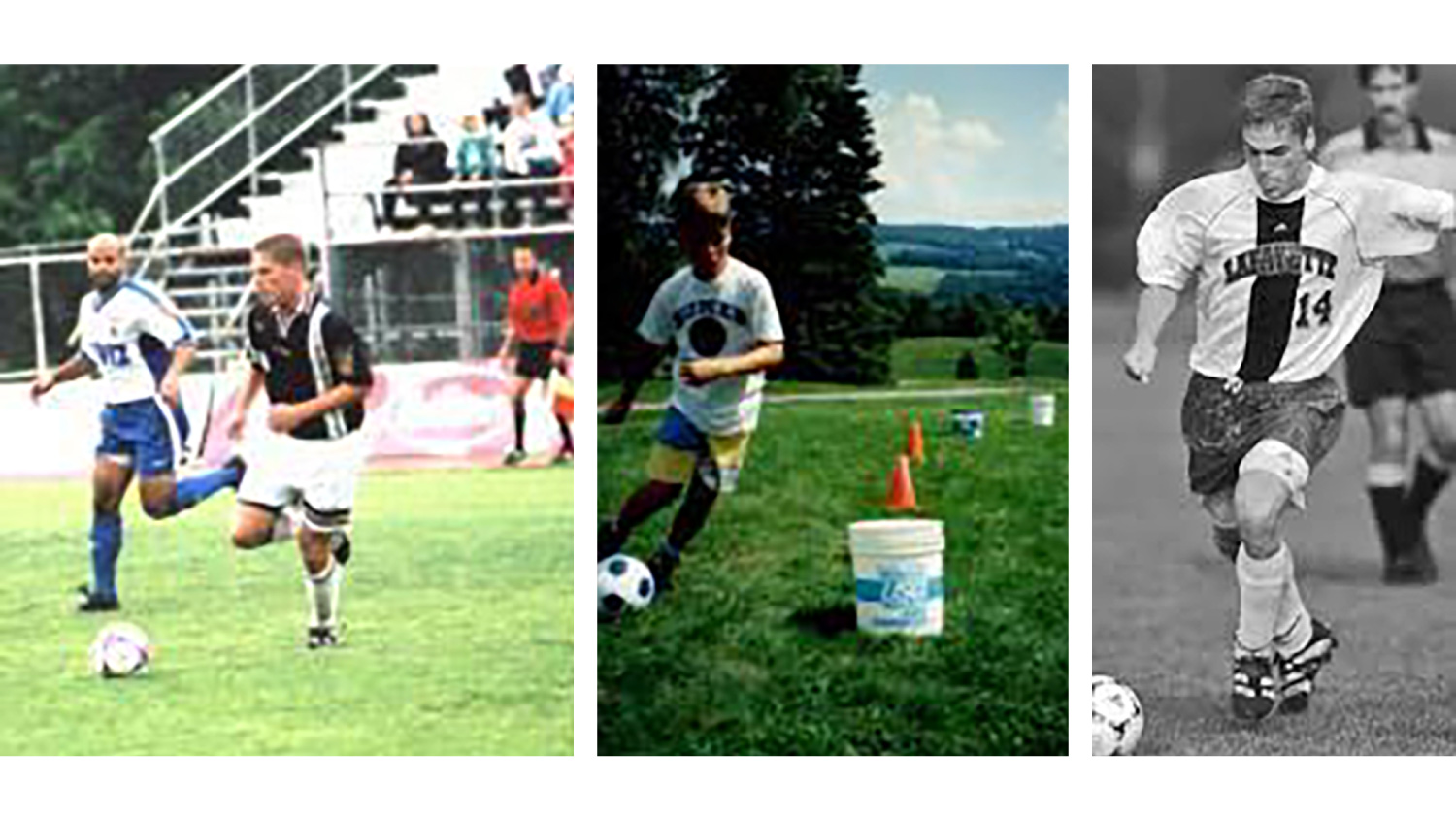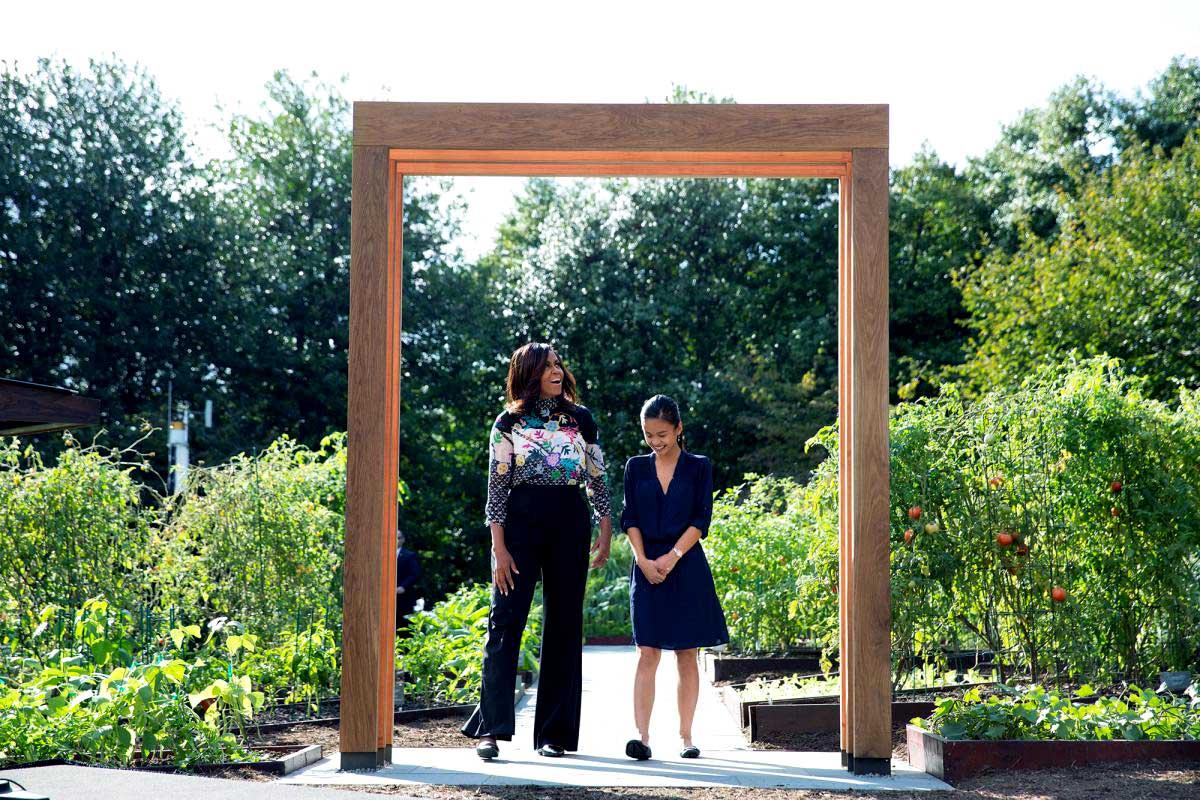In celebration of Thomas Jefferson’s birthday Wednesday, winners of the 2016 Thomas Jefferson Foundation Medals gave public talks discussing advances in children’s advocacy, architecture, criminal justice reform and technological development.
The University of Virginia and the Thomas Jefferson Foundation – the independent, nonprofit organization that owns and operates Monticello – jointly awarded the 2016 Thomas Jefferson Foundation Medals in Architecture, Law, Citizen Leadership and Global Innovation during Wednesday’s Founder’s Day festivities. This is the inaugural year for the Medal in Global Innovation, hosted by the Darden School of Business to honor individuals who have led a significant global innovation that creates value for humanity.
This year’s recipients were Cecil Balmond OBE an internationally renowned architect, artist, writer and engineer; Judge John Gleeson, a former federal judge known for his active support for criminal justice reforms; Marian Wright Edelman, a lifelong advocate for disadvantaged Americans and founder and president of the Children’s Defense Fund; and Gordon Moore, an engineer, technologist and entrepreneur who helped put Silicon Valley on the map.
UVA President Teresa A. Sullivan and Leslie Greene Bowman, president and CEO of the Thomas Jefferson Foundation, presented the medals – struck for the occasion – at a luncheon at the University. Recipients also were to be honored with a private dinner at Monticello on Wednesday evening.
Other Founder’s Day celebrations included a tree planting, presided over by Sullivan, to honor Professor Emeritus of Biology J. James Murray, a leader in the improvement and maintenance of UVA’s Grounds and gardens. Murray chaired the Arboretum and Landscape Committee for several years and participated in the committee’s activities for almost 30 years. A tree was planted in his honor on the lower portion of the Lawn, in front of Cocke Hall. (Previous tree-planting honorees are listed here.)
Each of the medalists offered remarks on Wednesday.
Gleeson Calls for Sentencing Reform
John Gleeson, a 1980 graduate of the UVA School of Law who stepped down as a federal district judge last month, used his talk Wednesday at UVA’s Law School to call upon the U.S. Congress and the U.S. Sentencing Commission to reform a drug-sentencing approach that, he says, has unjustly and excessively incarcerated much of the population.
Gleeson, a Clinton appointee to the U.S. District Court for the Eastern District of New York who served for 21 years, made his remarks as this year’s recipient of the Thomas Jefferson Foundation Medal in Law.
“Sometimes unfairness and injustice are right under our noses,” Gleeson said.
Harsh mandatory-minimum sentences and strict federal sentencing guidelines established with good intentions in the 1980s, based on drug type and quantity, have been disastrous in practice, Gleeson said. Instead of kingpins being the most heavily punished, as originally intended by Congress, low-level drug operatives have borne much of the brunt of the get-tough policies.
“Compare Defendant A, who recruits a dozen teenagers to distribute cocaine in a New York City high school, with Defendant B, an addict who is given an ounce of cocaine to stand at the entrance to a pier while a boatload of cocaine is being off-loaded,” he said. “Defendant A is obviously much more culpable.”
But he said it might be the hypothetical Defendant B who gets the maximum sentence “based solely on the amount of cocaine on the boat.”
Gleeson noted that the U.S. possesses 5 percent of the world’s population, yet 25 percent of the world’s prisoners, earning it the dubious distinction of being the world’s biggest jailer.
He said overzealous prosecutors are partly to blame for the problem by prosecuting to the fullest extent of the law at times when they could have exercised discretion.
“This mistake of equating drug quantity with a defendant’s role in the offense didn’t have to have adverse consequences,” Gleeson said. “As I mentioned, these enhancements only apply when the prosecutor invokes them, by citing them in the indictment.”
But Gleeson offered “three simple fixes” that could resolve the problem.
He said Congress should reframe the laws as originally intended, to be aimed at drug organization leaders and managers, by requiring proof of a managerial role as an element for conviction.
“The Department of Justice hasn’t deployed [the laws] in that spirit, [and] has the discretion to deploy them otherwise, so that discretion should be taken away,” he said.
Gleeson said the sentencing commission should do two things: de-link the drug trafficking guidelines from mandatory-minimum ranges, and allow probation or successful completion of a judge-involved monitoring as alternatives to incarceration.
“The commission should lead for a change, rather than wait for the coast to be clear before it effects sensible policy by amendments to the guidelines,” he said.
Gleeson has been among a growing number of federal judges who have argued that certain convictions should be expunged from defendants’ records in order to allow them to return to mainstream society. Gleeson helped create specialty court programs in his district aimed at reducing or eliminating prison time for nonviolent drug offenders and younger defendants.
“When people are arrested for conduct that appears to stem from their addictions, you know, from drugs or alcohol, or from an utter lack of supervision as adolescents, we should at least consider trying to help them, instead of reflexively sending them off to prison,” he said.
The Eastern District’s programs are now serving as a template for current or planned initiatives in 21 federal districts.
– by Eric Williamson
Moore Recalls Beginnings of Silicon Valley, Looks To What’s Next
Gordon Moore, speaking via video hookup during a luncheon celebrating the medalists, reflected on his role in the rapid spread of computer technology and urged his audience to pay attention to similar opportunities today.
Moore, the recipient of this year’s inaugural Thomas Jefferson Foundation Medal in Global Innovation, was one of the original pioneers of Silicon Valley. He worked with the startup Fairchild Semiconductor, which manufactured silicon transistors that would become the foundation of modern microchips and spur the Digital Age, and he later co-founded Intel, the world’s largest chip maker. Moore is particularly famed for “Moore’s Law,” his 1965 prediction that the number of components on a computer chip would double every year and computing would increase in power and decrease in relative cost at an exponential pace.
History proved the accuracy of Moore’s prediction, as personal computers, smartphones, wireless technology, digital cameras, global positioning systems and other innovations proliferated rapidly.
“I was fortunate to get in the silicon transistor technology at its beginning,” Moore said. “There were only a few transistor radios and some attempts to use transistors in hearing aids, generally based on germanium rather than silicon.”
Moore recalled that his first silicon transistors sold for several dollars apiece. Now, he said, those same few dollars can buy a circuit with billions of transistors, representing a massive decrease in the costs of the building blocks of today’s electronics.
“That is the reason we have computers in everything, cell phones ubiquitously spread through society and many other electronic marvels,” Moore said. “It really has been a revolutionary technology and I have been happy to have been in a position to observe it as it developed.”
Reflecting on the medal he received, Moore quoted Jefferson as saying, “I am not of the school which teaches us to look back for wisdom to our forefathers. From the wonderful advances in sciences and the arts that I have lived to see, I am sure that we are wiser than our fathers, and that our sons – and daughters,” Moore added, “will be wiser than we are.”
Moore hopes to see more technological booms like the one that he experienced.
“It is not over yet,” he said. “There are other technologies coming along today that offer similar kinds of opportunities. I would suggest that the students of today look at what is coming down the road as opportunities for significant innovation.”
– by Caroline Newman
Edelman Urges Persistence in Fight to End Child Poverty
Marian Wright Edelman, founder of the Children’s Defense Fund in 1973, told an audience of about 250 at UVA’s Nau Hall auditorium Wednesday that she thought the nonprofit organization would be out of business by now. Instead the Children’s Defense Fund has become “an enduring sustainable model for citizen activism,” said Gerald Warburg, professor of practice in UVA’s Frank Batten School of Leadership and Public Policy, which hosted her visit, when introducing Edelman.
As the fund’s president, Edelman has continued to lead the nation’s strongest voice for disadvantaged children and families. Although there have been some successes in addressing the needs of children in poverty – she mentioned subsidized immunizations and the Children’s Health Insurance Program, for example – 15.5 million children in America were poor in 2014, more than the populations of 11 U.S. states combined.
“We have to come to grips with child poverty. We can’t afford not to,” said Edelman, who in 1992 received the Thomas Jefferson Foundation Medal in Law.
A graduate of Spelman College and Yale Law School, she began her career as a civil rights lawyer for the NAACP and counseled the Rev. Dr. Martin Luther King Jr. when he started the Poor People’s Campaign.
Ending child poverty is a moral imperative as well as an economic necessity, and even relates to national security, she said, pointing to low levels of literacy in reading and computing among poor children putting the U.S. at a disadvantage globally.
Edelman dispensed advice to students and other attendees, including what she learned from her parents: “If you follow the need, you’ll never lack for things to do to see where you can make the greatest difference.”
Advocates should have a clear agenda with evidence to make their case, suggest workable solutions, show others the problems and be persistent, she said.
The Children’s Defense Fund addresses the biggest gap between the haves and have-nots in our society and works privately and publicly to push through programs that can make a difference, she said.
If existing programs – such the Earned Income Tax Credit and Child Tax Credit, the Supplemental Nutrition Assistance Program, housing and child care subsidies – could be boosted, she said, “We could shrink overall child poverty by 60 percent, black child poverty by 72 percent, rural child poverty by 68 percent, and improve the economic circumstances of 97 percent of poor children simply by investing more in existing programs.”
To increase funding for these programs, she suggested closing tax loopholes for the very rich and corporations, and discontinuing select military projects that don’t work.
She’d like to see special interest groups build more effective coalitions to support children’s welfare, because it takes so much work to get Congress to act beyond its own self-interest in getting re-elected.
She reiterated being persistent when dealing with those in power. “Make the biggest dogs uncomfortable. … Hold members of Congress accountable,” she said. “Be a good pest.
“If we don’t save our children, we’re not going to be able to save our nation.”
– by Anne Bromley
Balmond Delves into the Geometry Behind His Extraordinary Designs
Cecil Balmond, OBE, won international renown for his ability to meld architecture and engineering to create iconic structures and sculptures. On Wednesday, Balmond drew a large crowd to UVA’s Ruth Caplin Theatre, where he discussed the geometry and number theory behind his work.
Introducing Balmond, UVA Professor of Architecture Robin Dripps said that Balmond’s work “challenged the fundamental nature of regimentation, predictability and stability.”
“Cecil’s work challenged architecture to engage with the amazing complexity of the world with an equally open, dynamic and fluid spatial organization,” Dripps said.
During his presentation, Balmond explained the geometry behind some of his signature projects, such as a pavilion built in 2002 for the Serpentine Galleries in London. That was the first project Balmond did that had no drawing phase – it went straight from a computer model to a cutting machine, which cut panels to be erected on the site.
Balmond showed students the computer models behind the pavilion and also modeled the structure of a slender 700-foot bridge that he created in Portugal, designed to give the optical illusion that neither of its sides meet.
He also discussed the role that geometry concepts like the Fibonacci Sequence, the Golden Ratio or the fractal play in his work. One example, his design for a calligraphy museum, library, teaching center and mosque that was planned in Saudi Arabia, used the Golden Ratio to delineate a series of cubes, creating a building made up of ever-smaller proportional cubes.
“If you believe in proportions being synergetic with each other and the Golden Ratio scaling down in a sensitive way, there is a harmony that you feel,” in the design, he said.
Balmond, a Sri Lankan-born architect, artist, writer and engineer, is the former deputy chairman of international engineering firm ARUP and head of both the European Building Division and the AGO (Advance Geometry Unit). That unit, led by Balmond, was among the earliest to investigate how genetic growth patterns in nature could provide a basis for computer algorithms, a discovery Dripps called “a pivotal model for research.”
“Research underpins everything I have been doing for 25 years,” Balmond told the gathered students.
He now runs his own practice, Balmond Studio. Current projects include a world-class hotel in Asia, ambitious mixed-used developments in Myanmar and sculpture commissions for public spaces in several cities across the U.S. He received an Order of the British Empire for Services to Architecture in 2015, among many other international awards.
– by Caroline Newman


